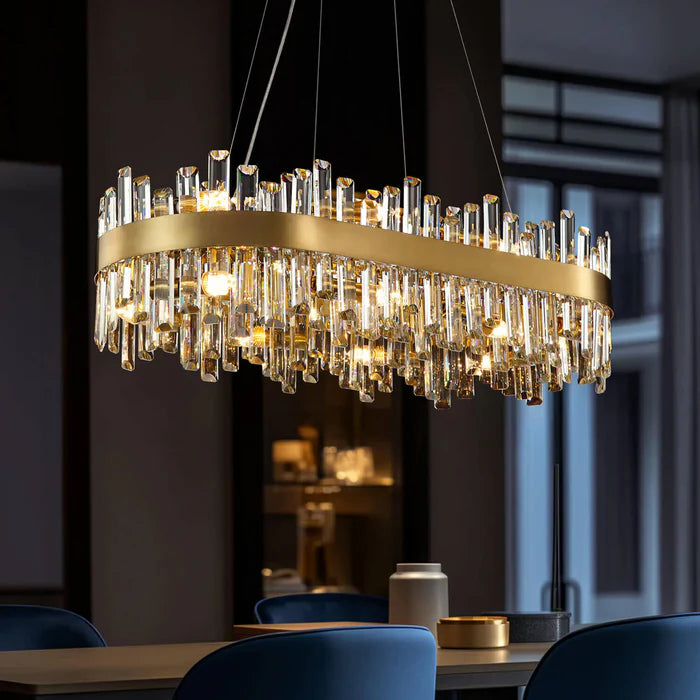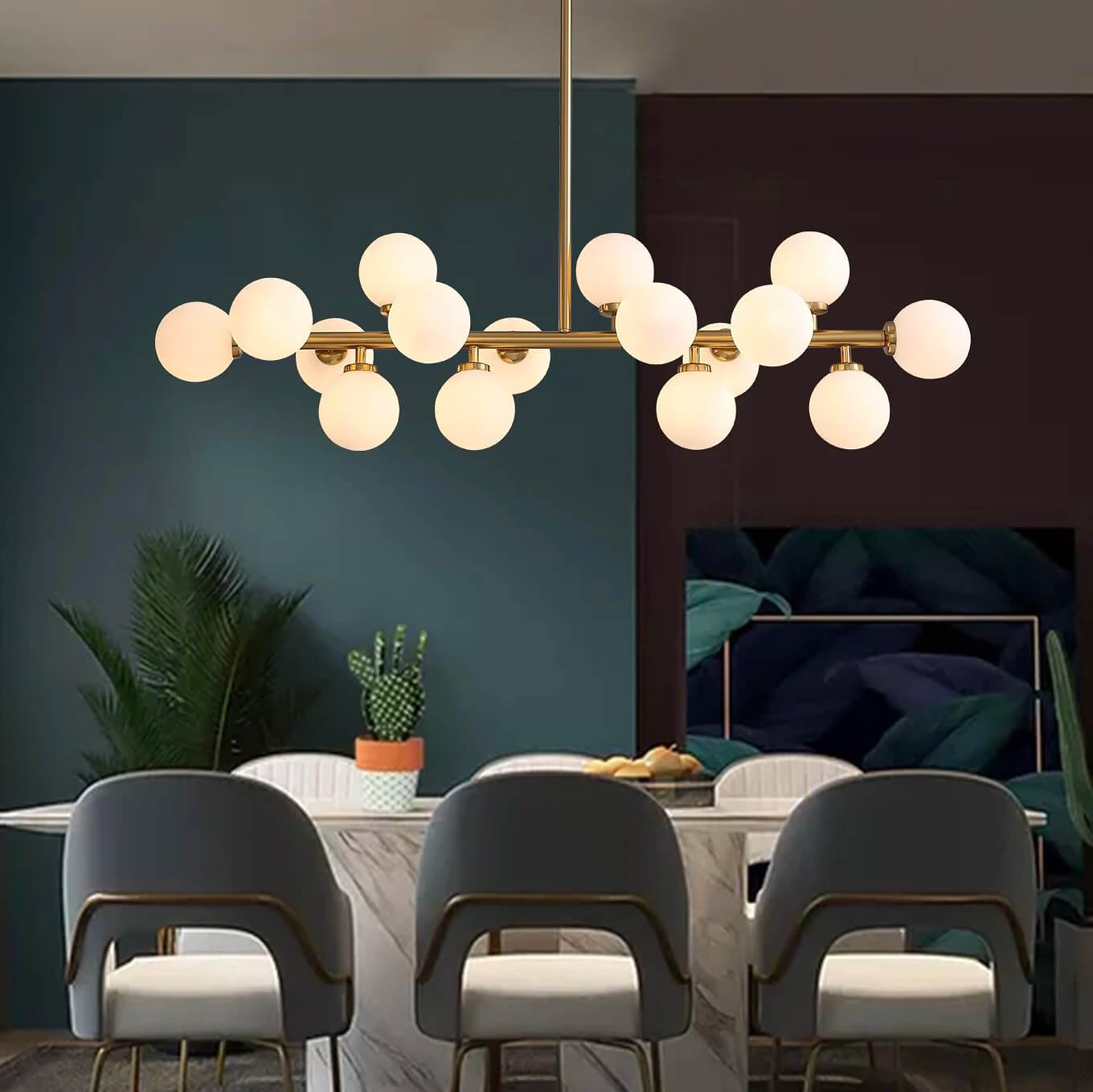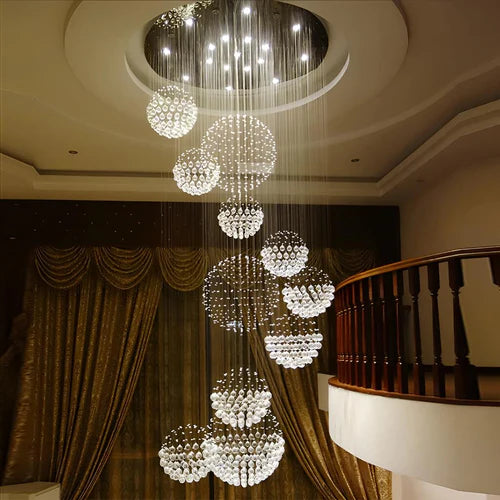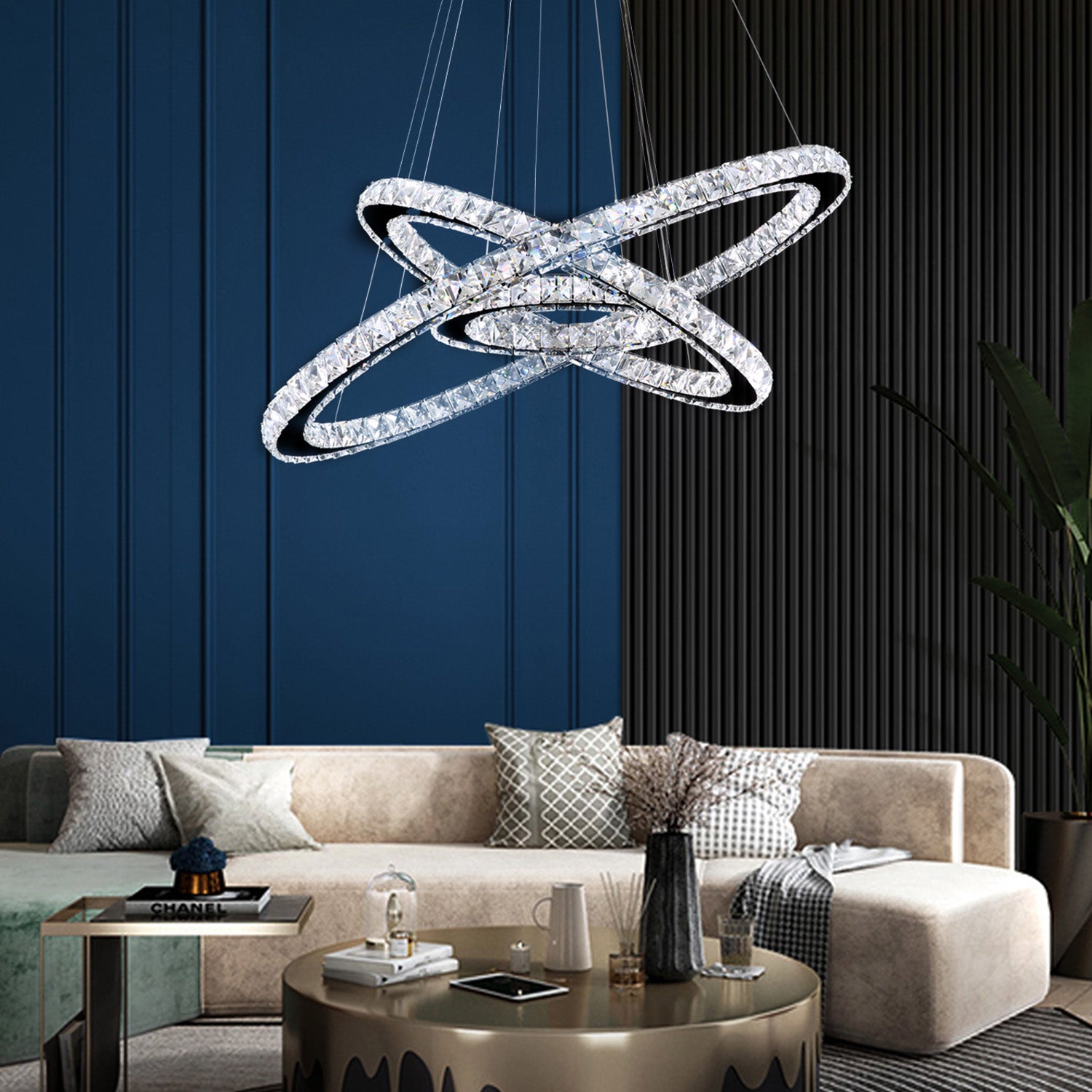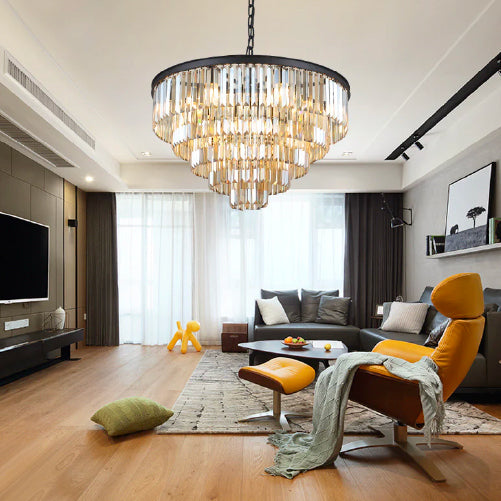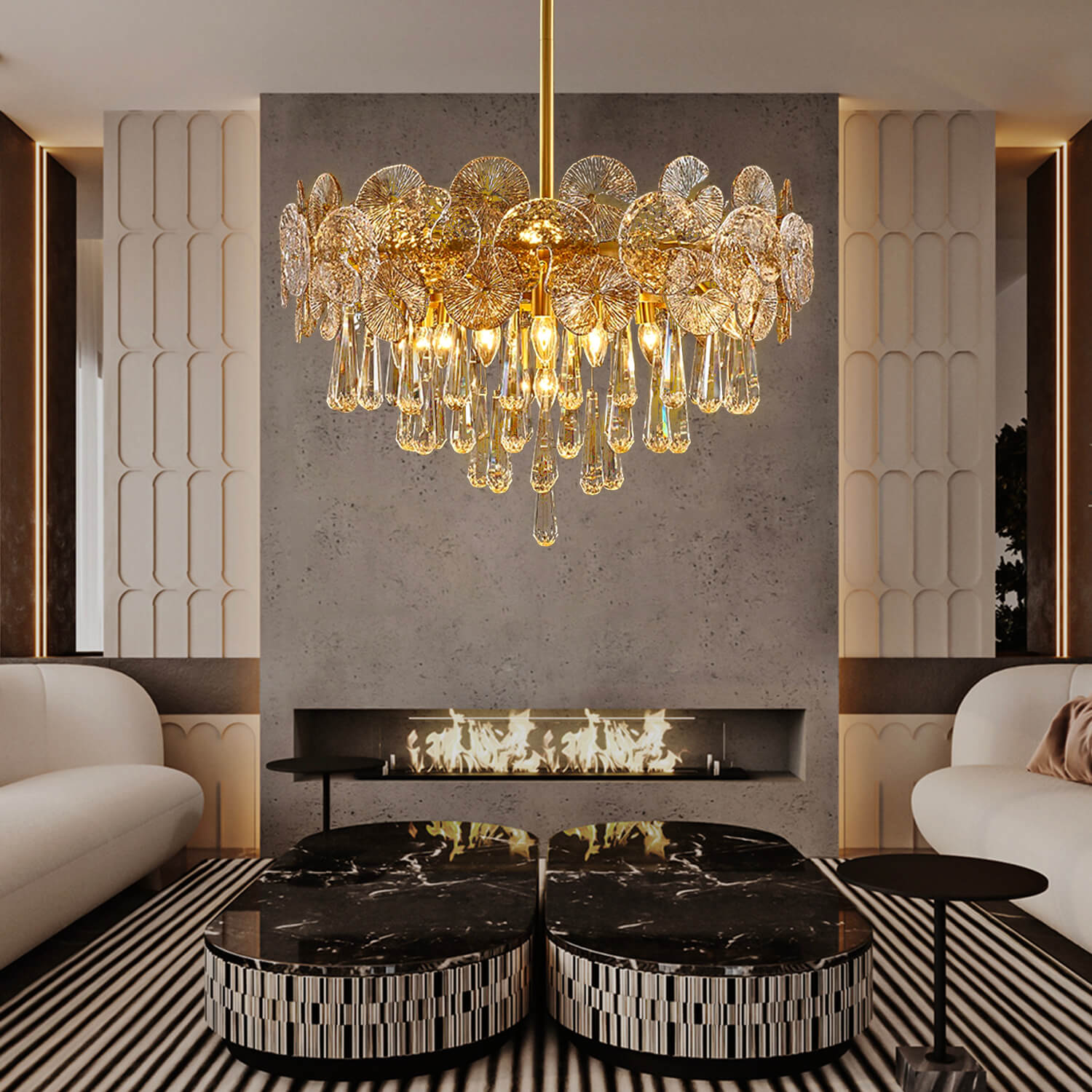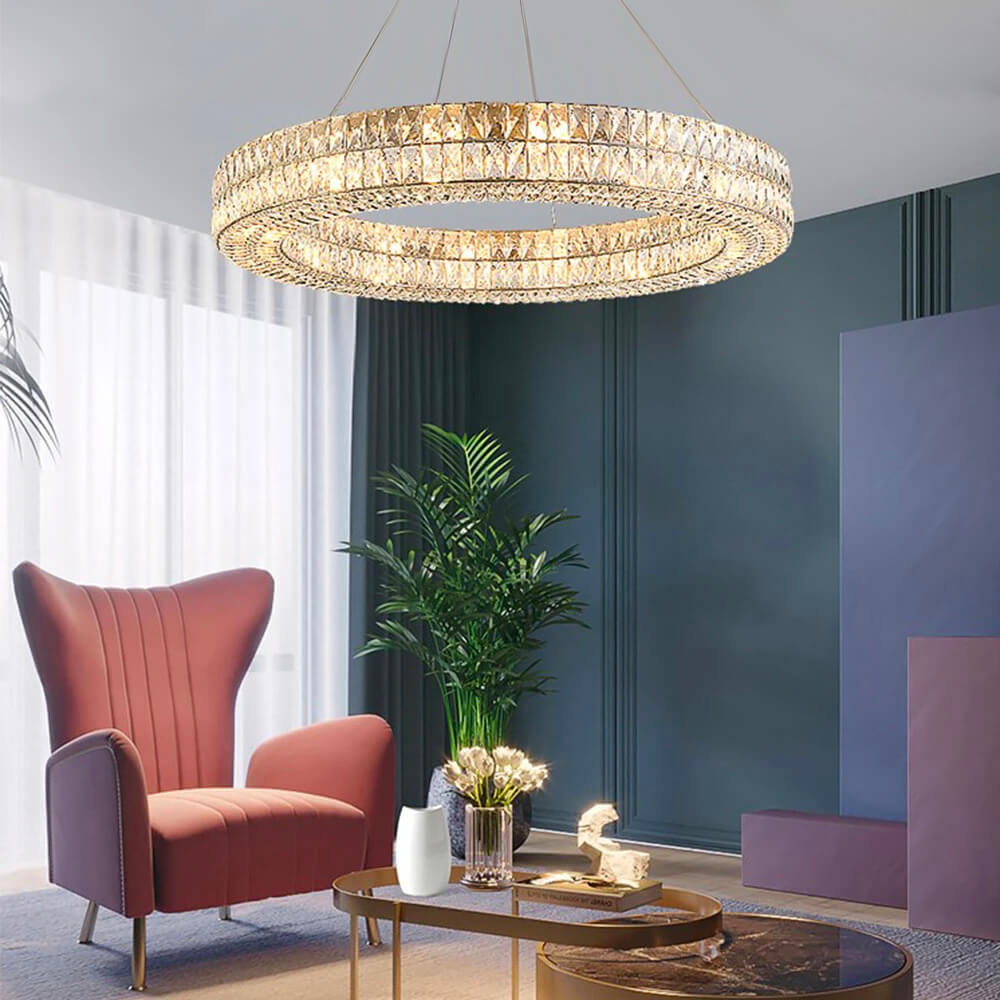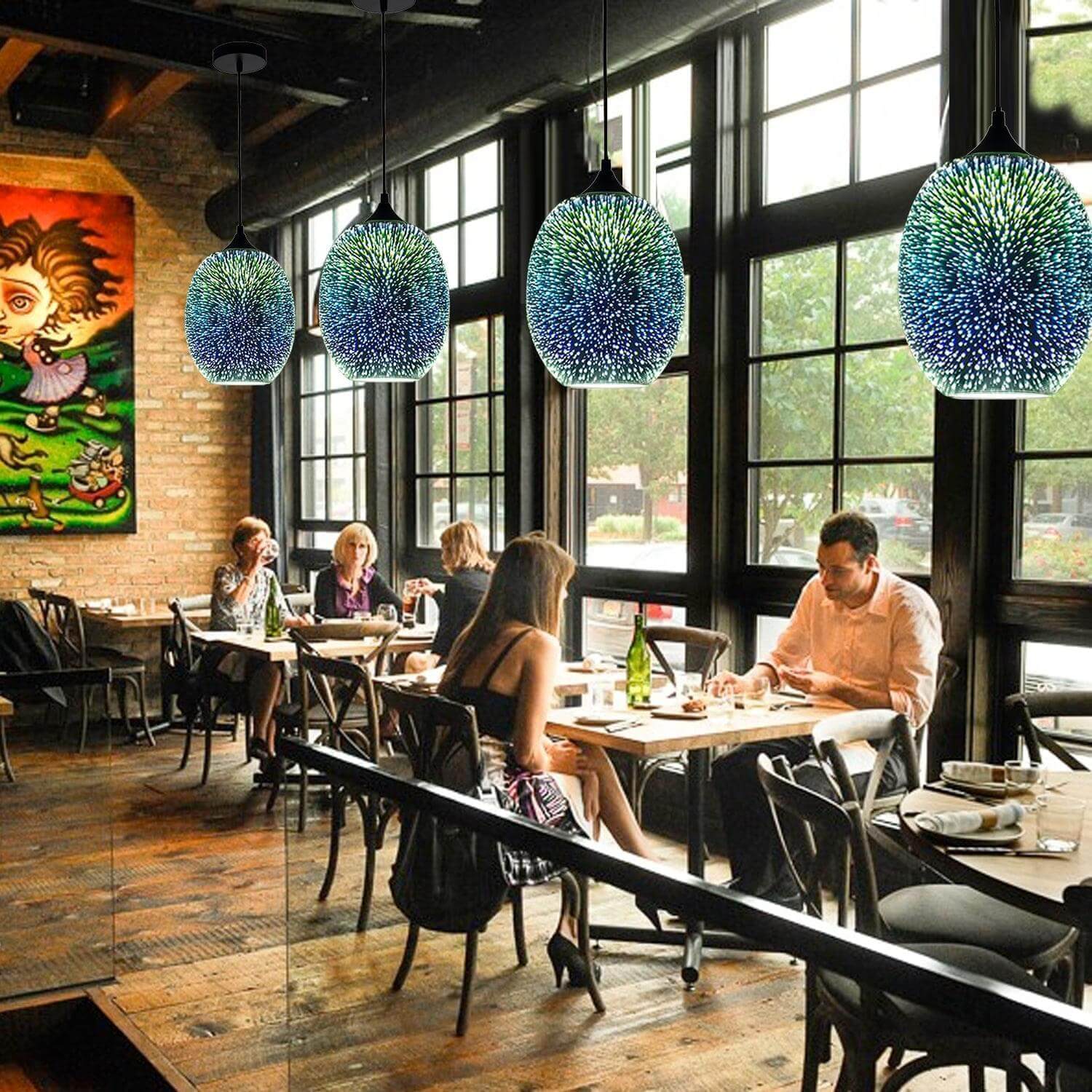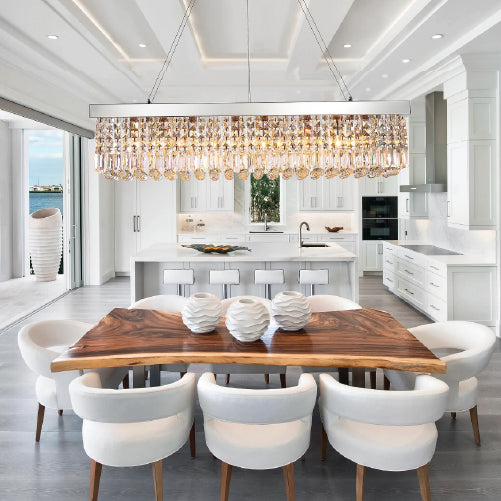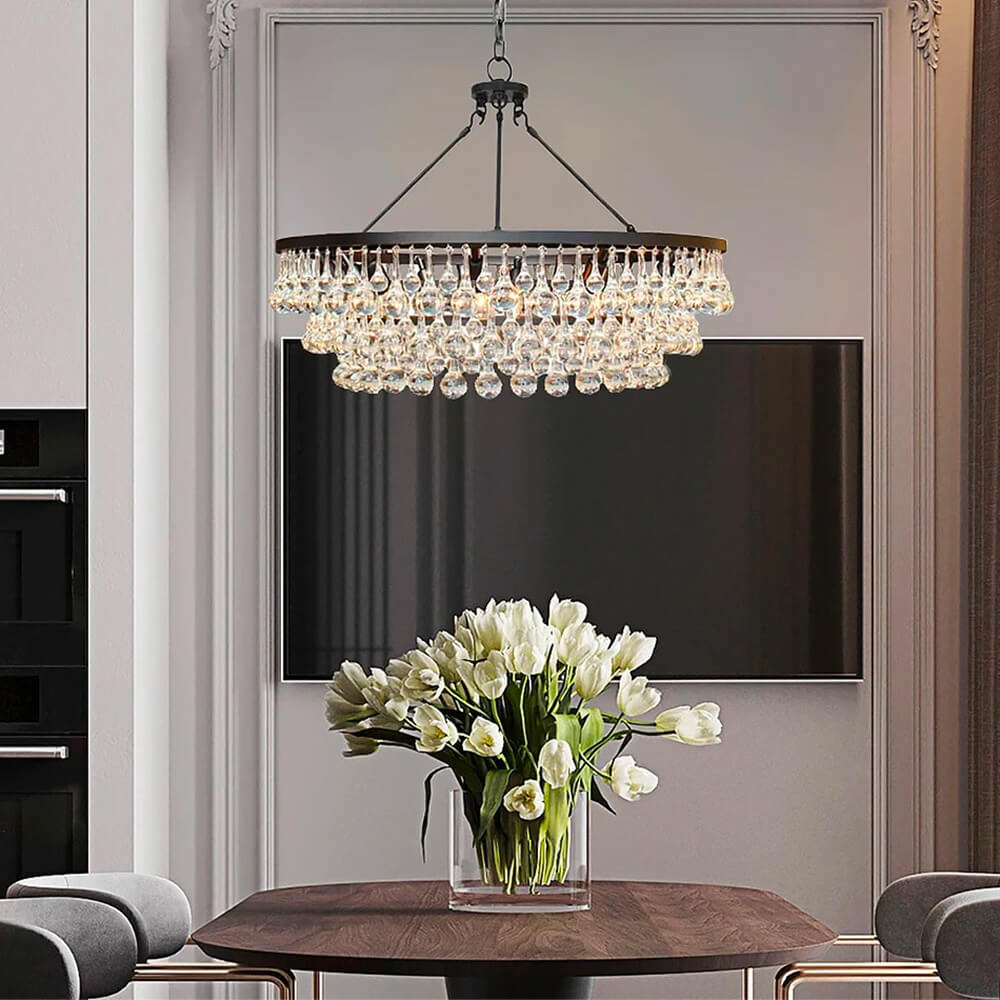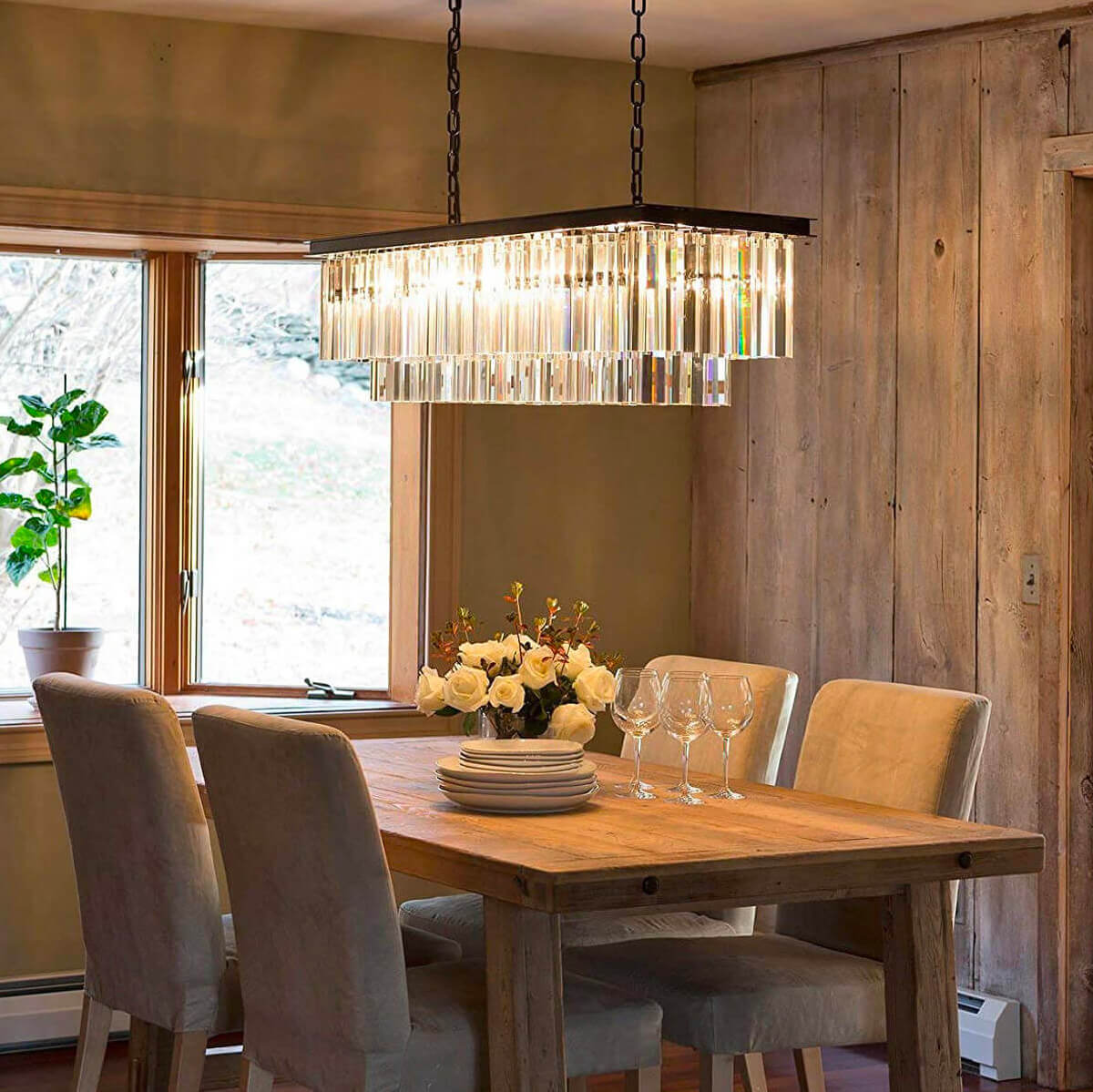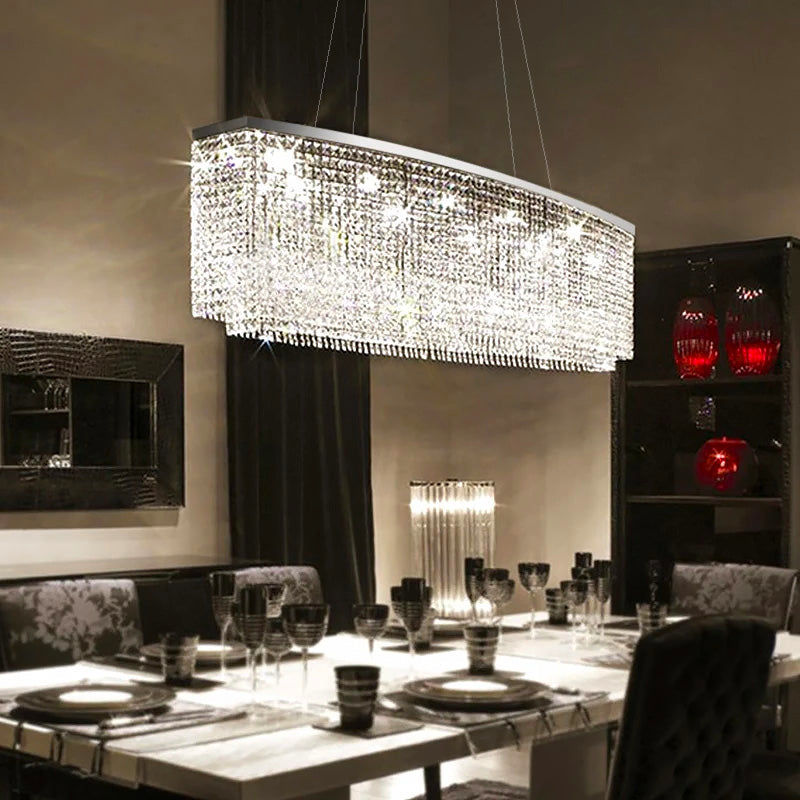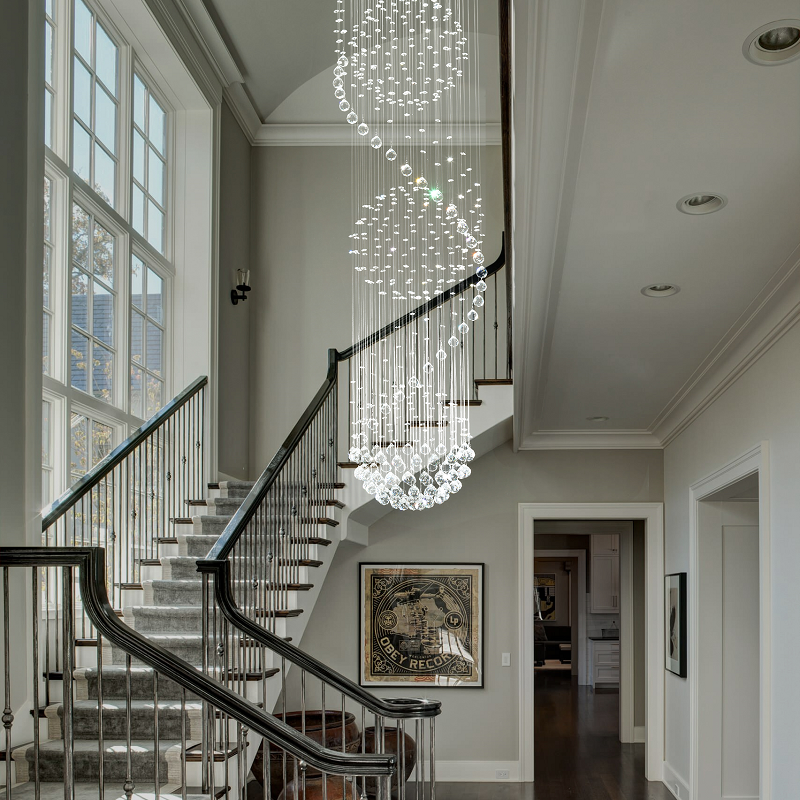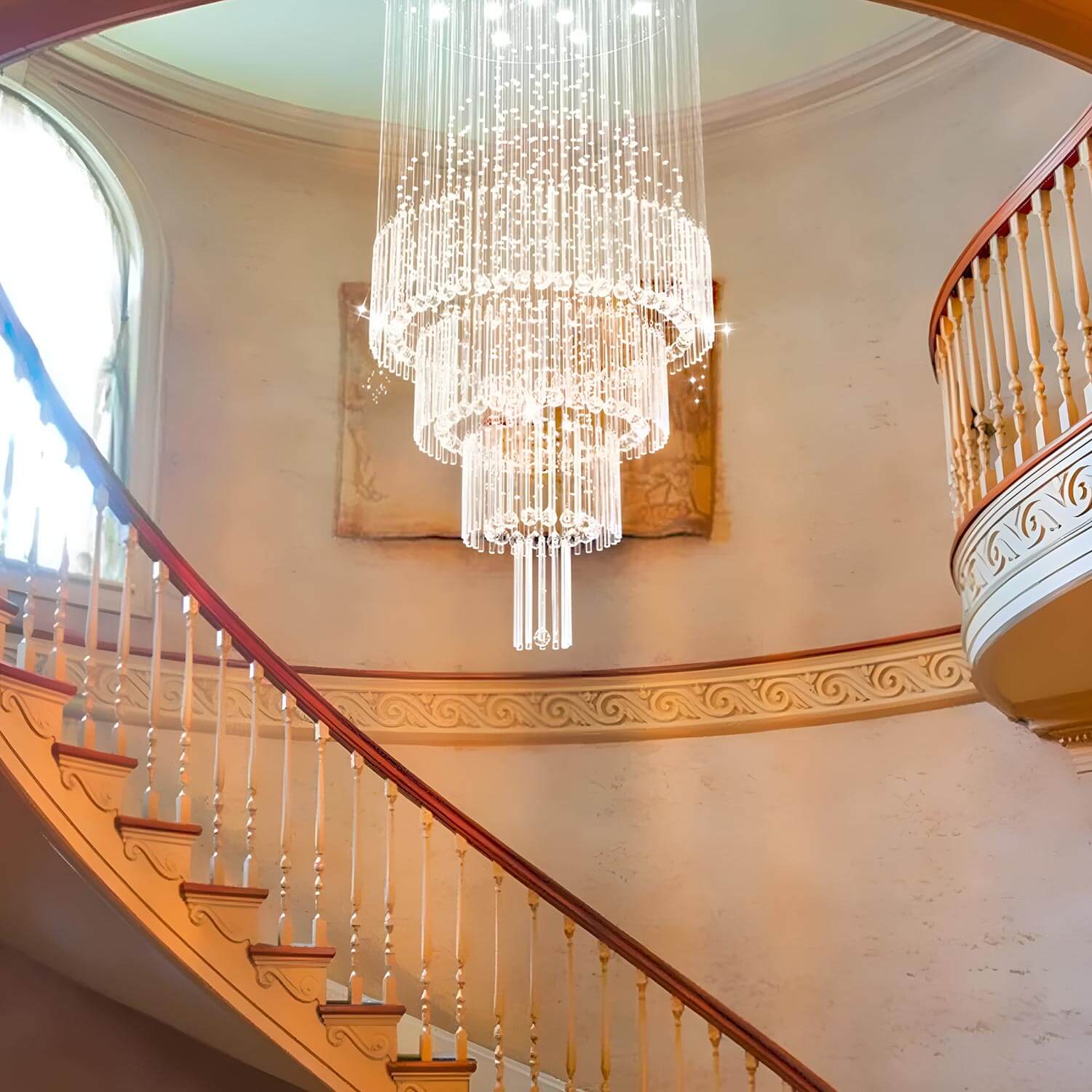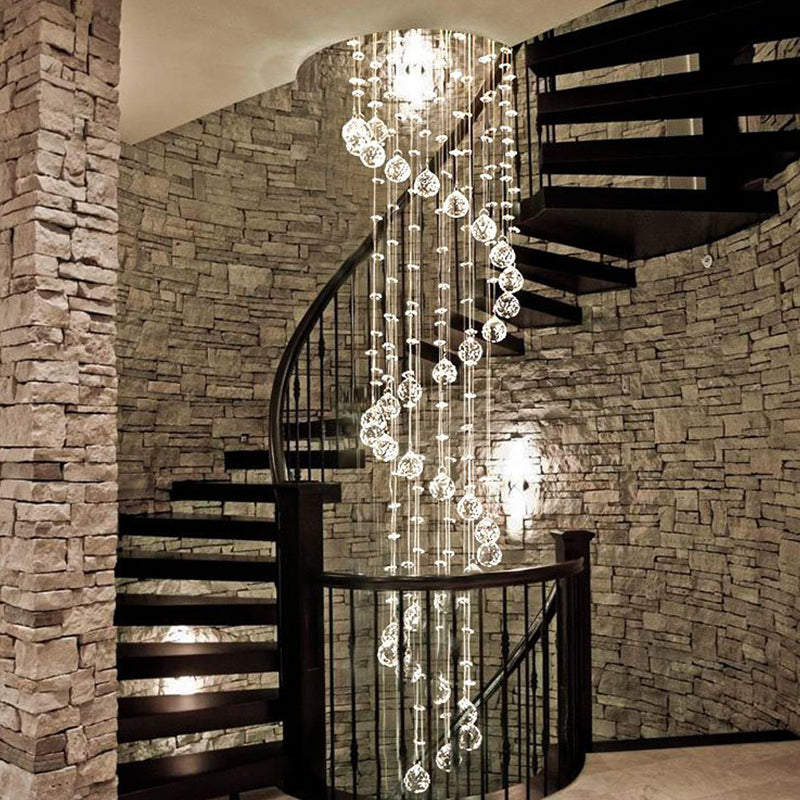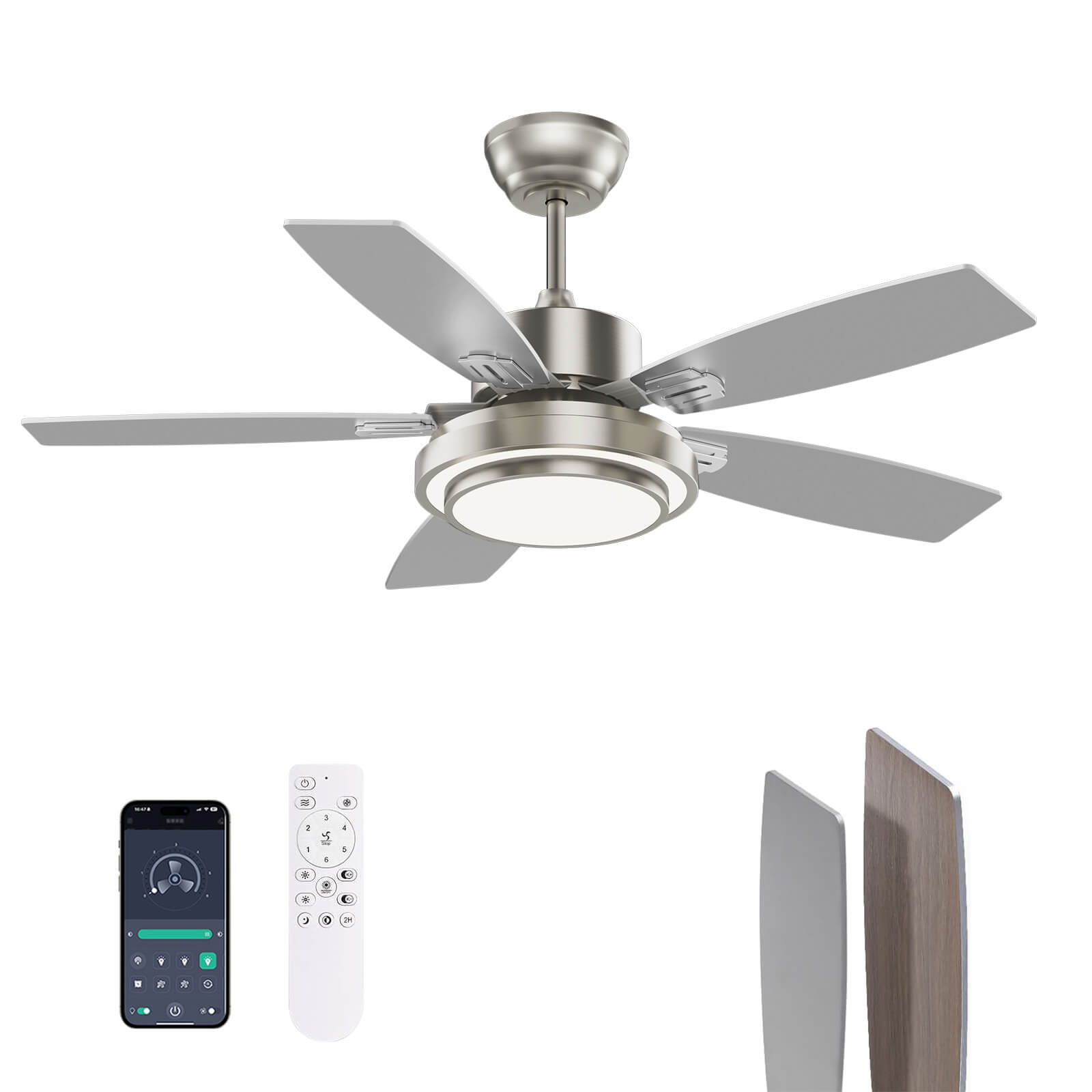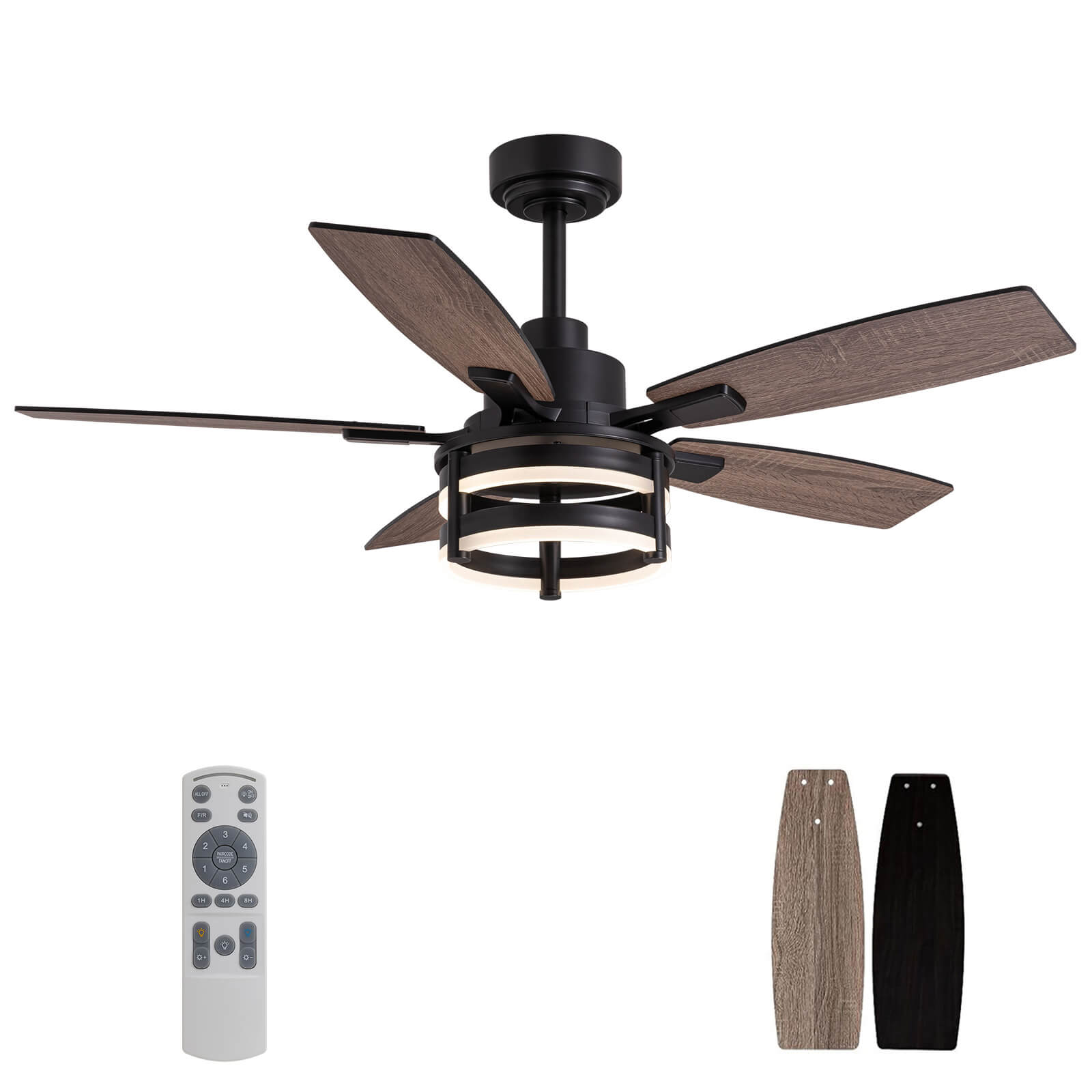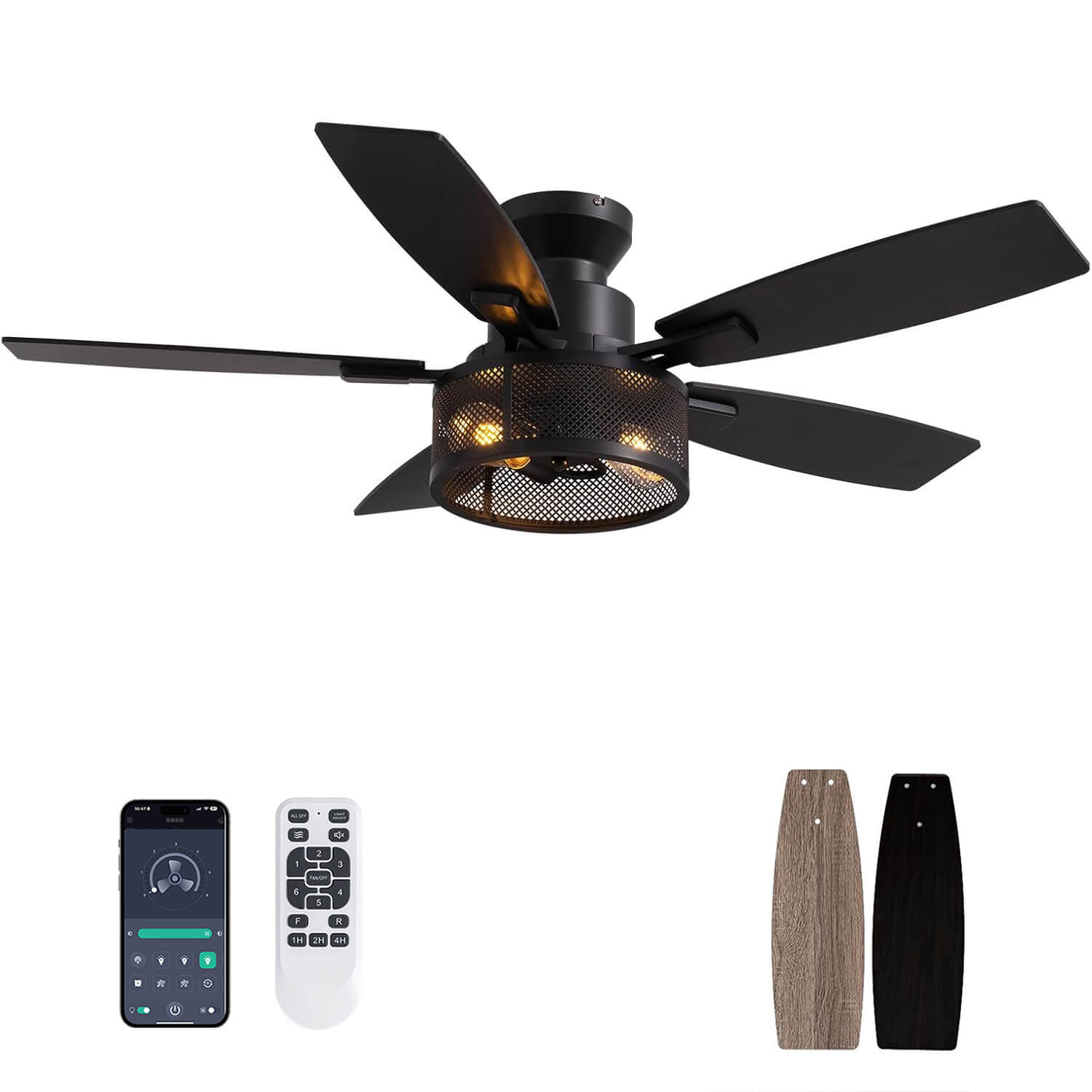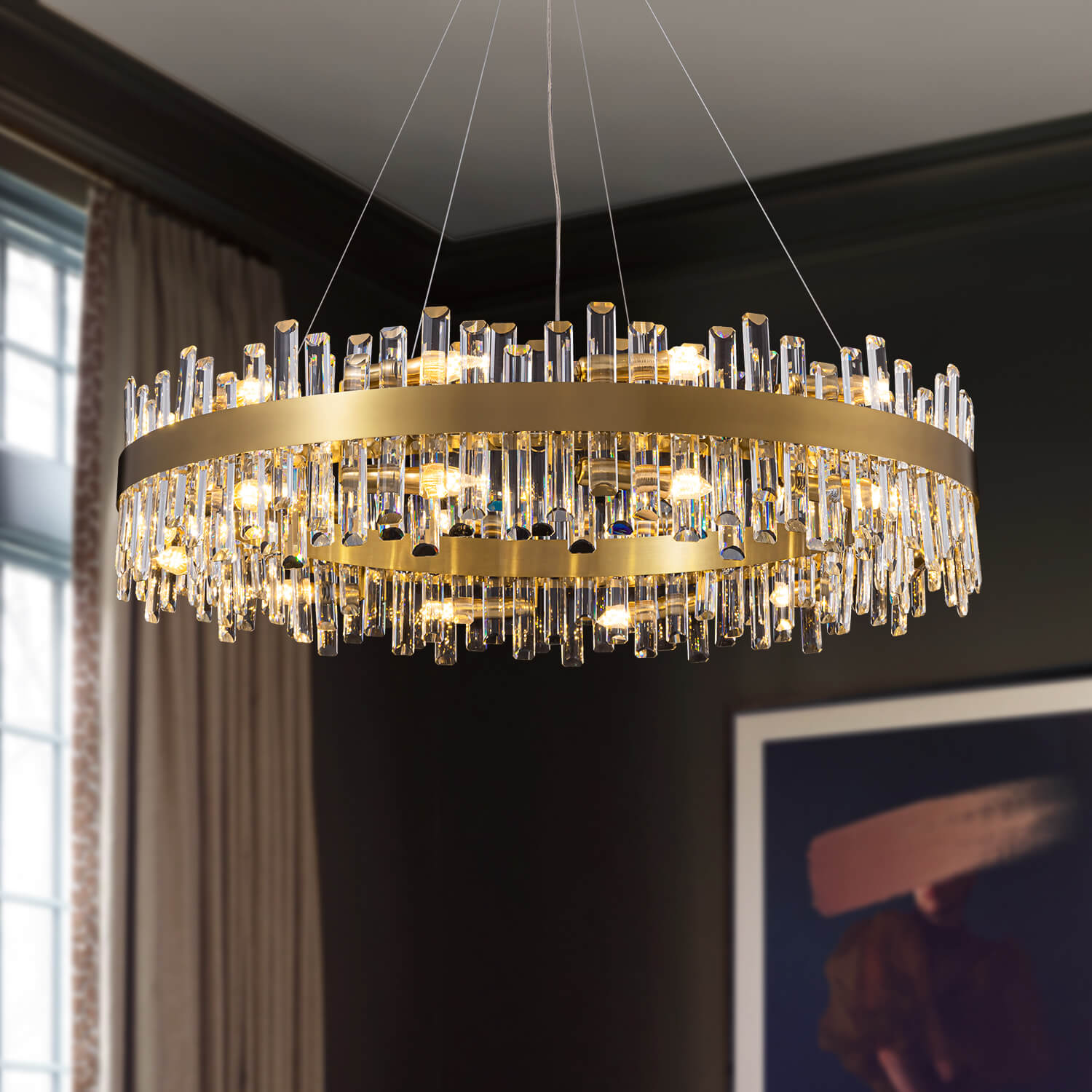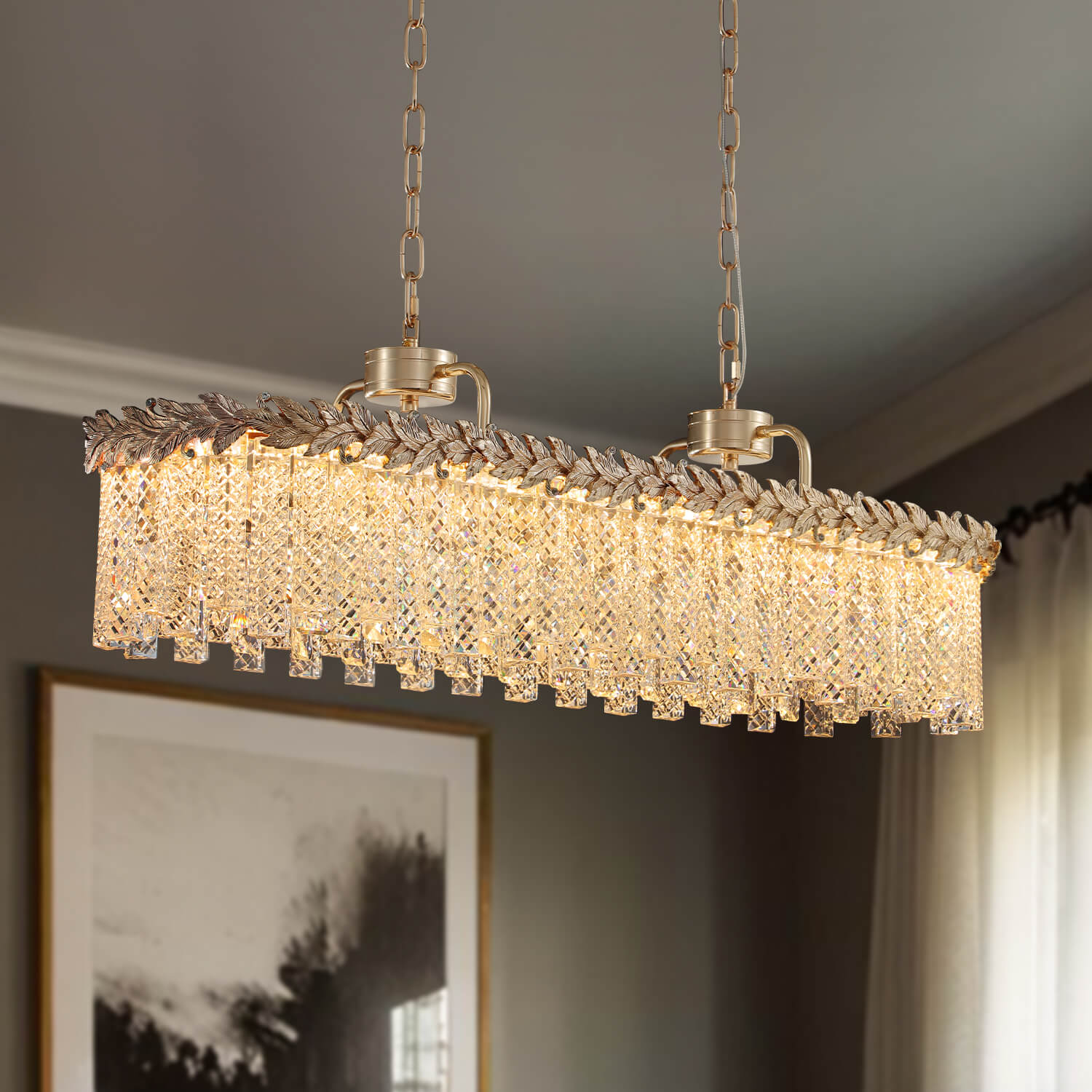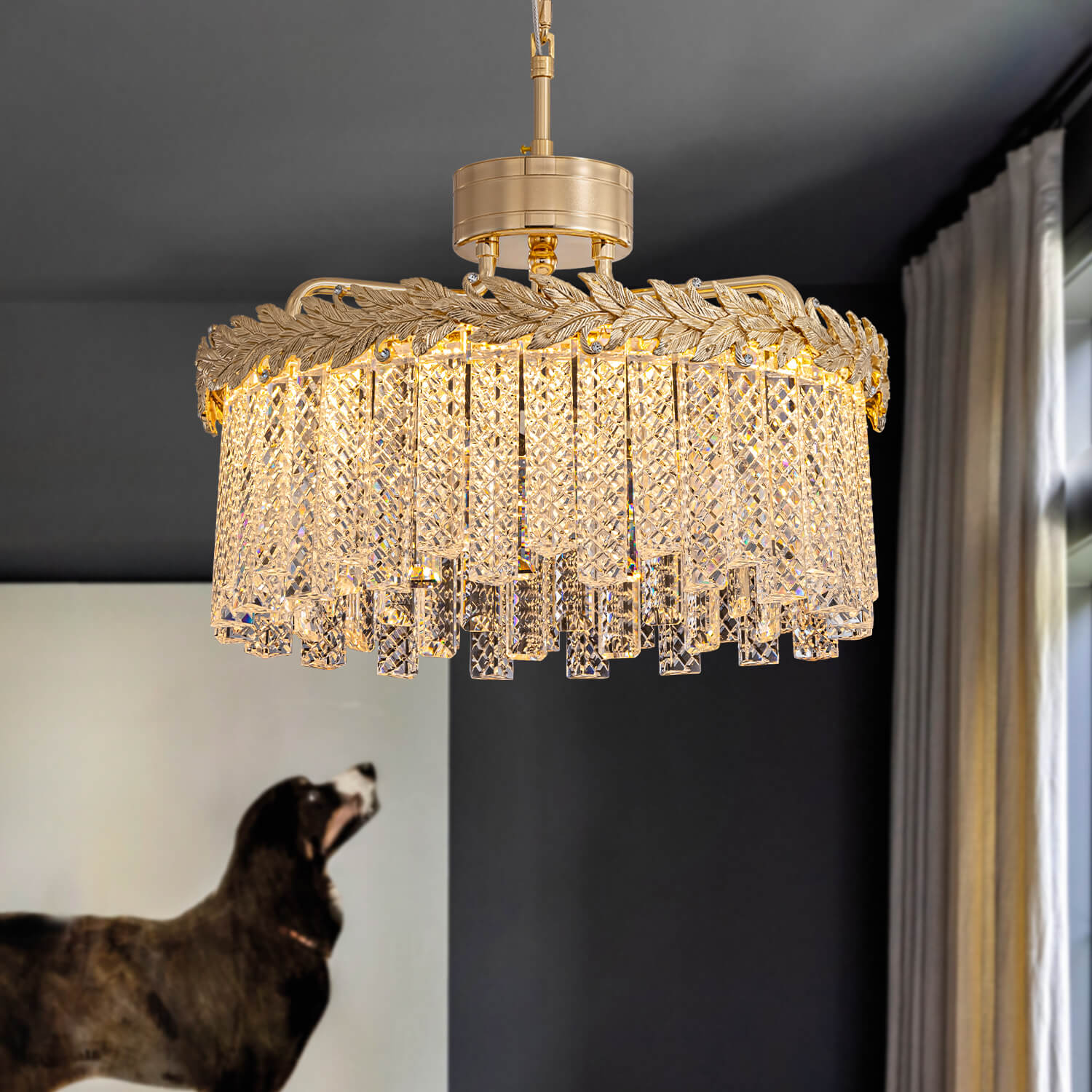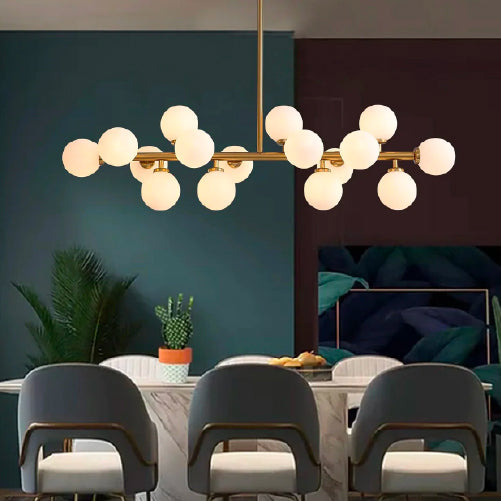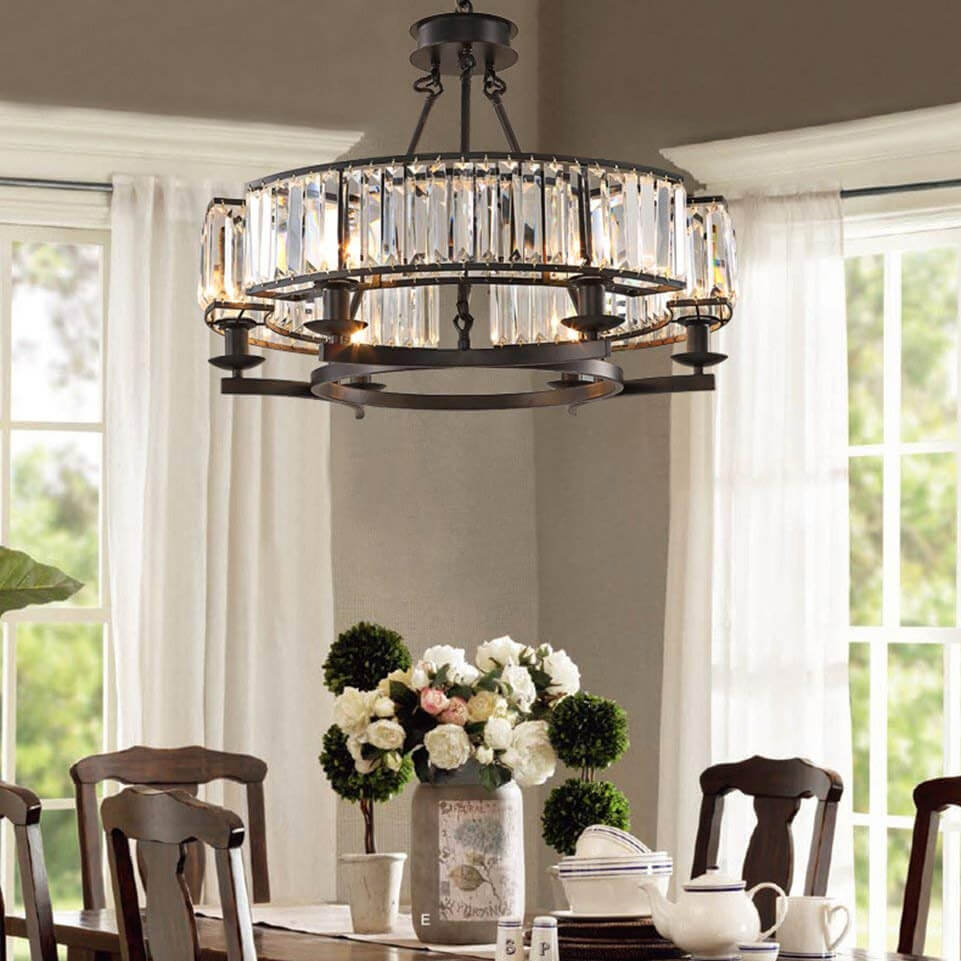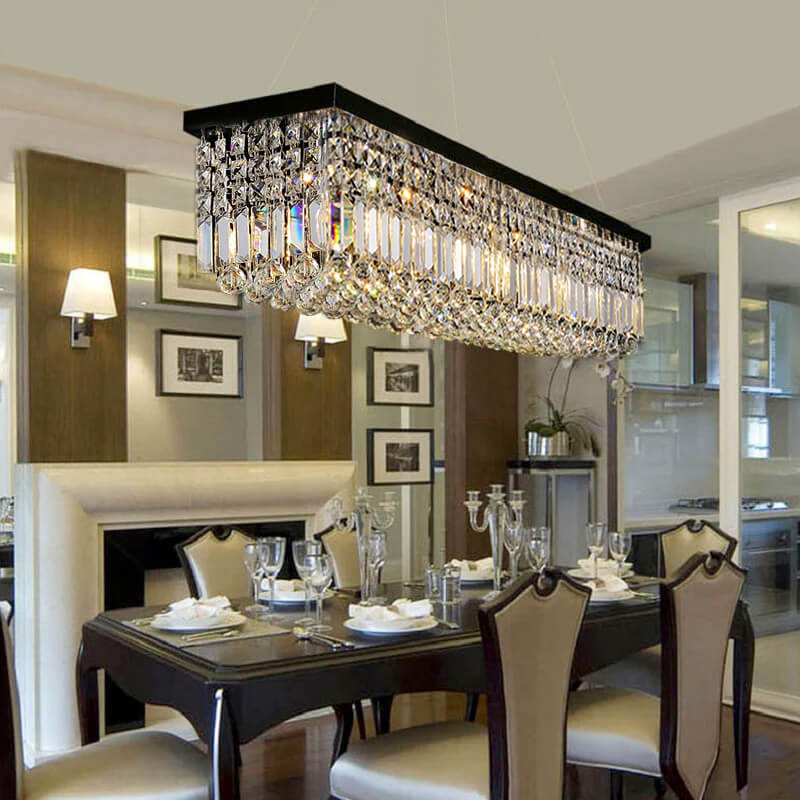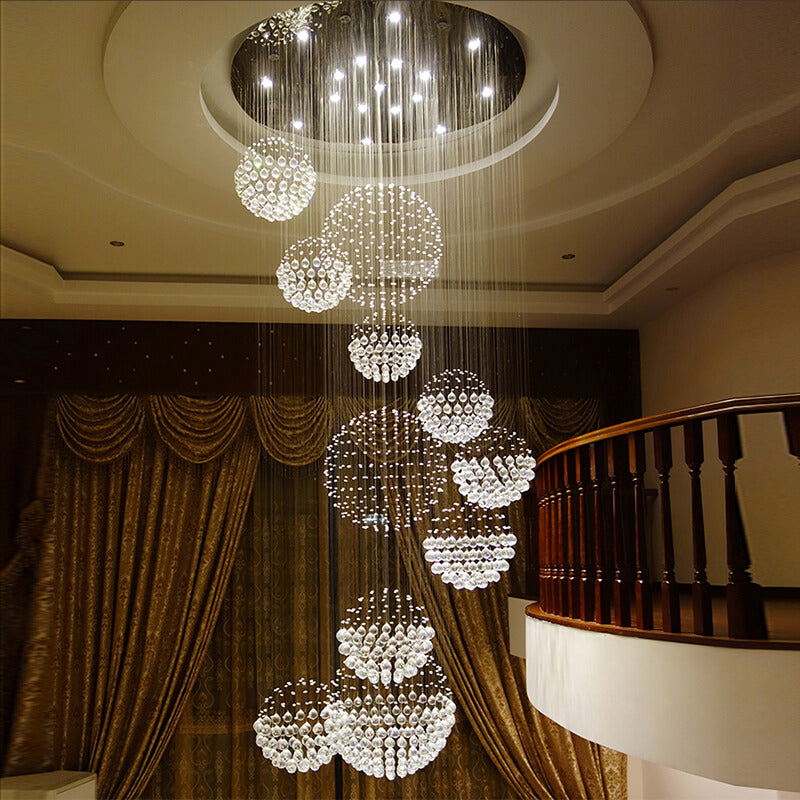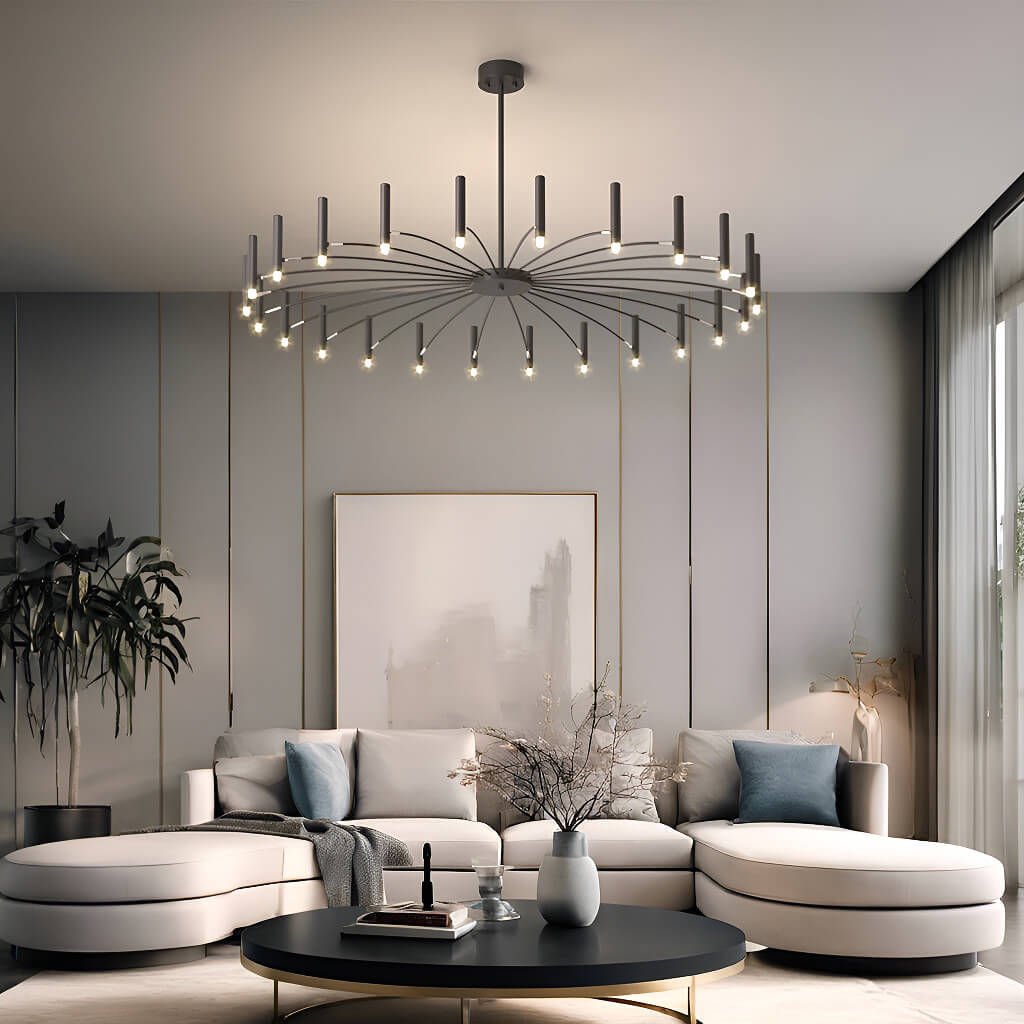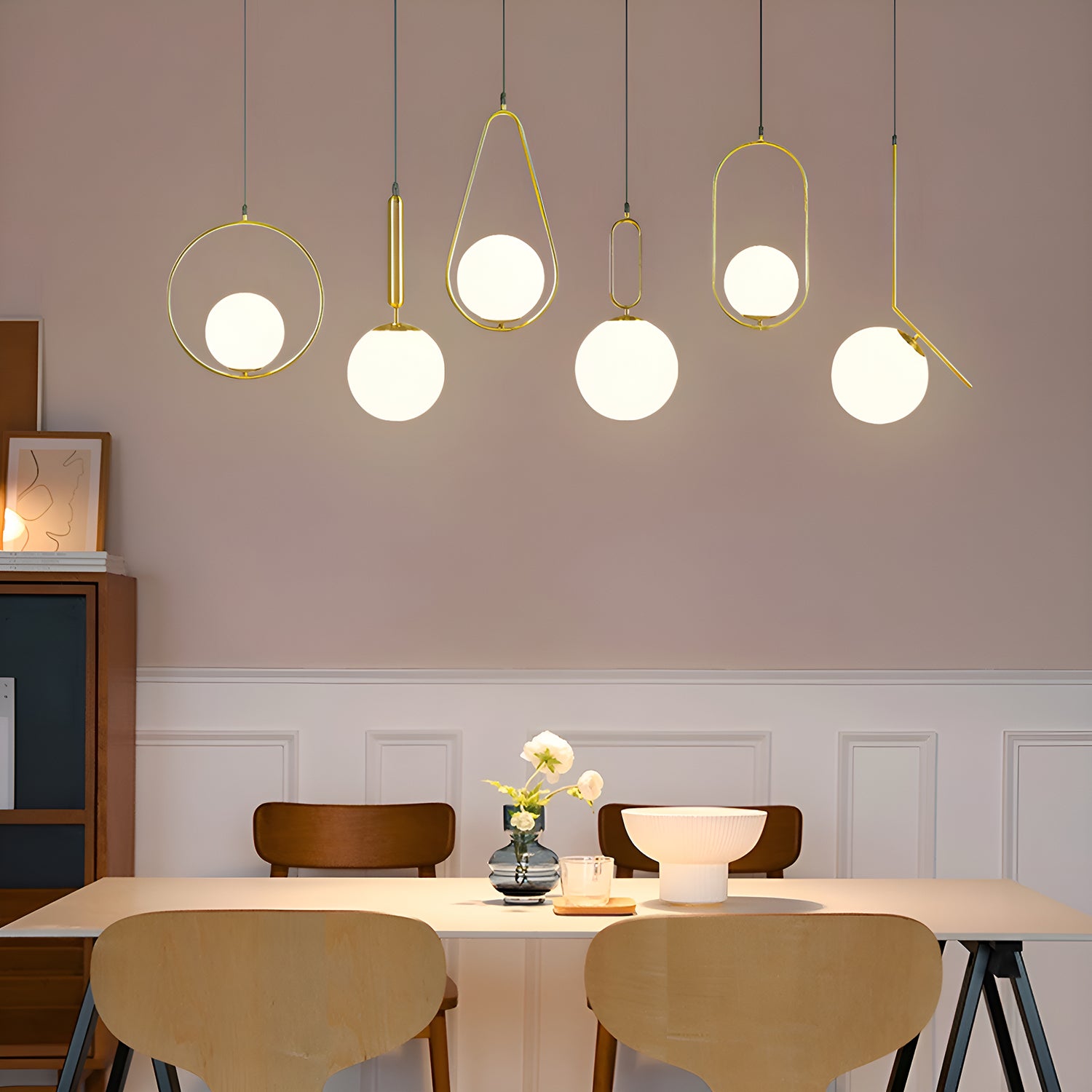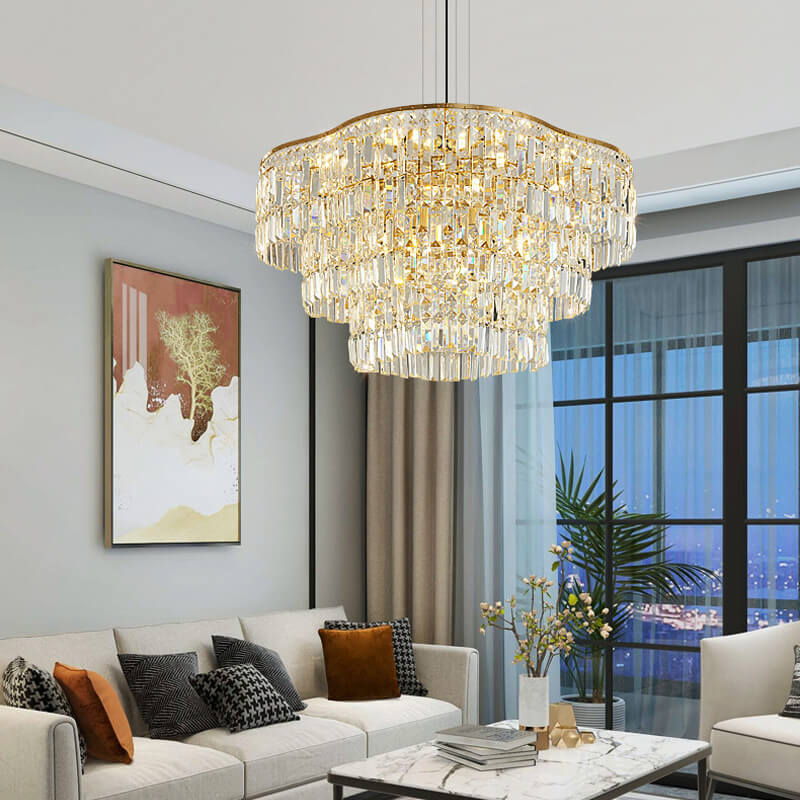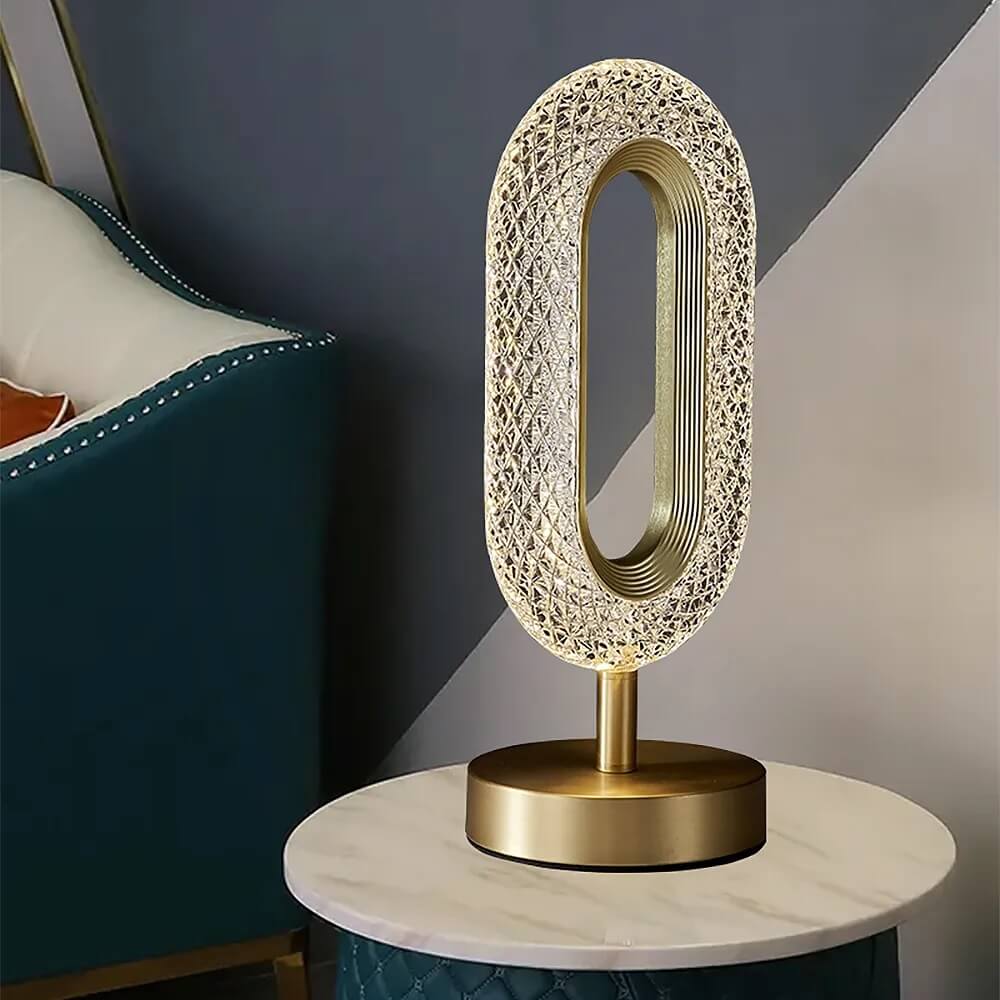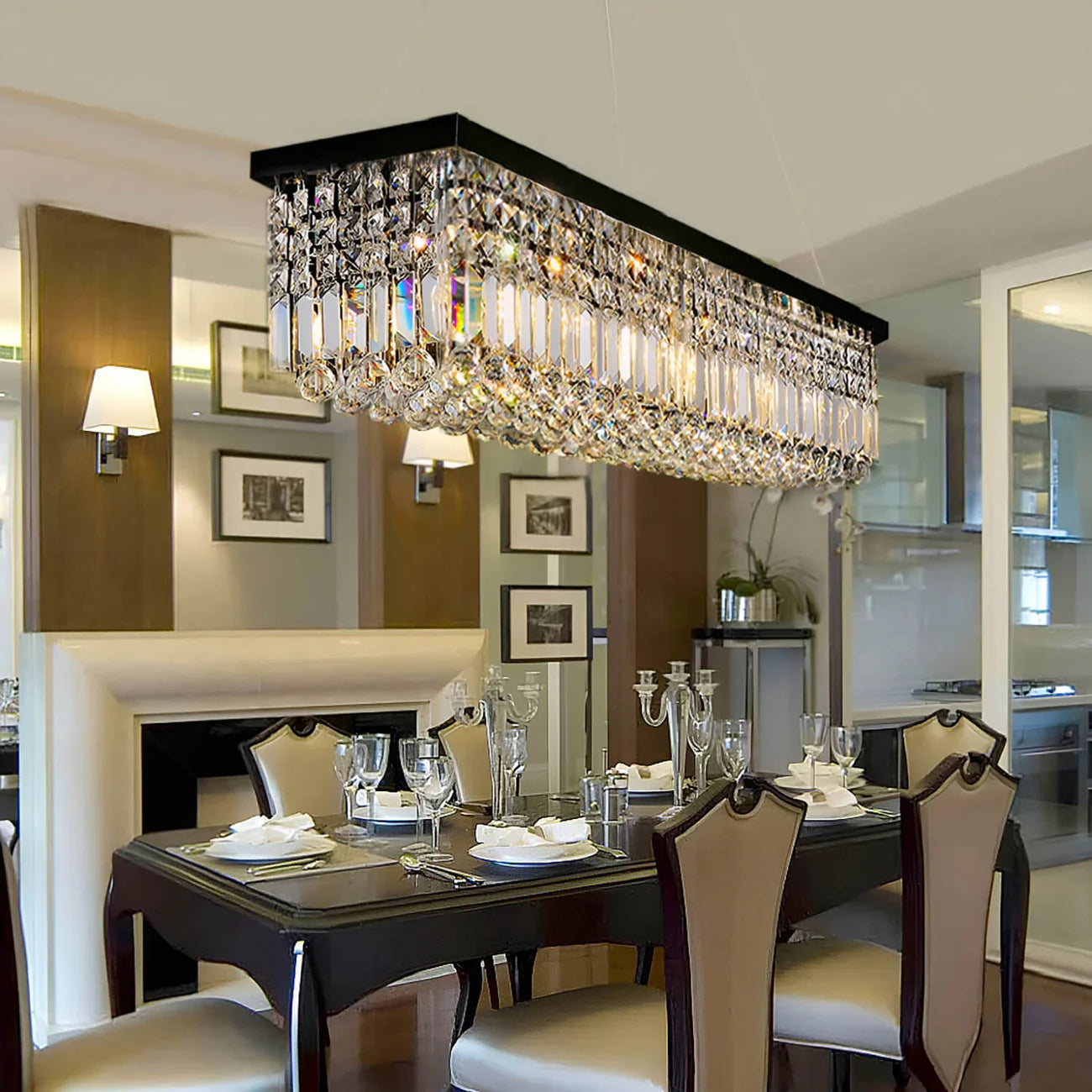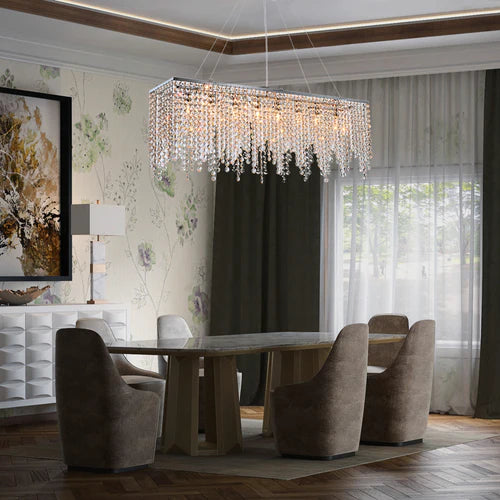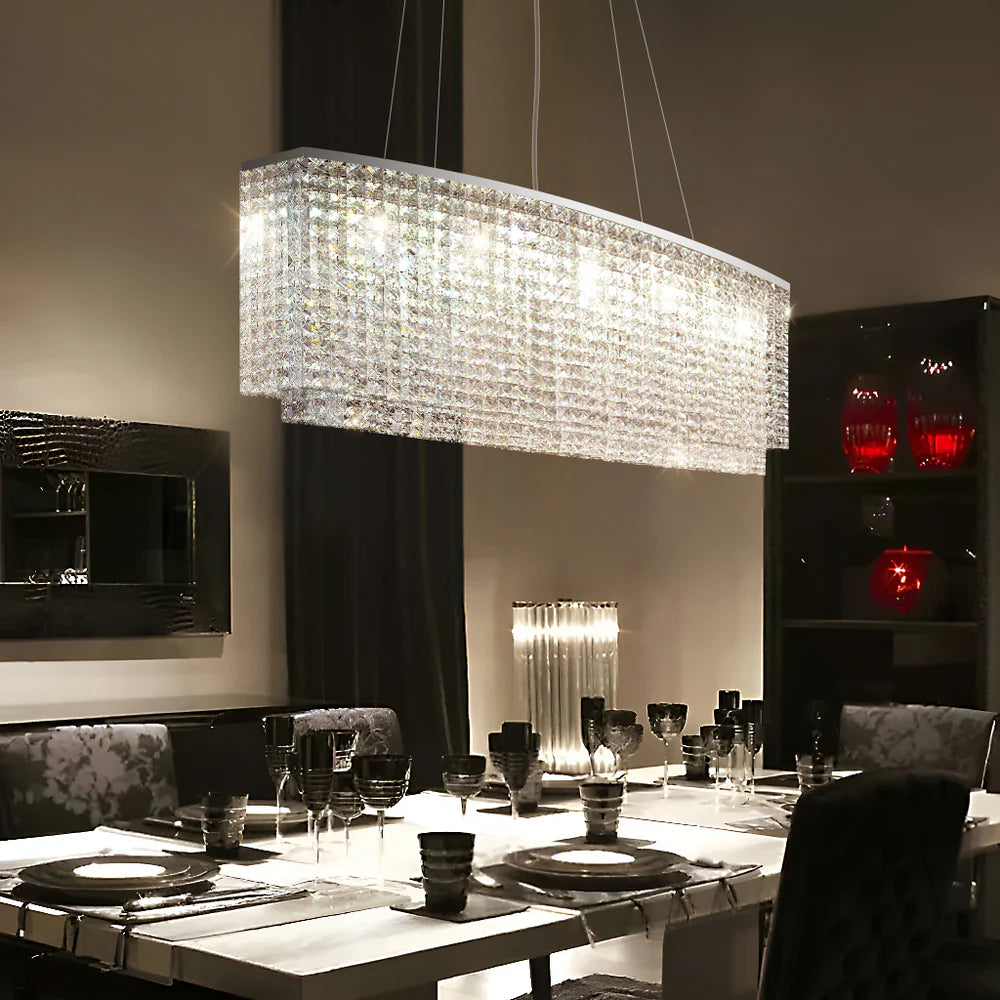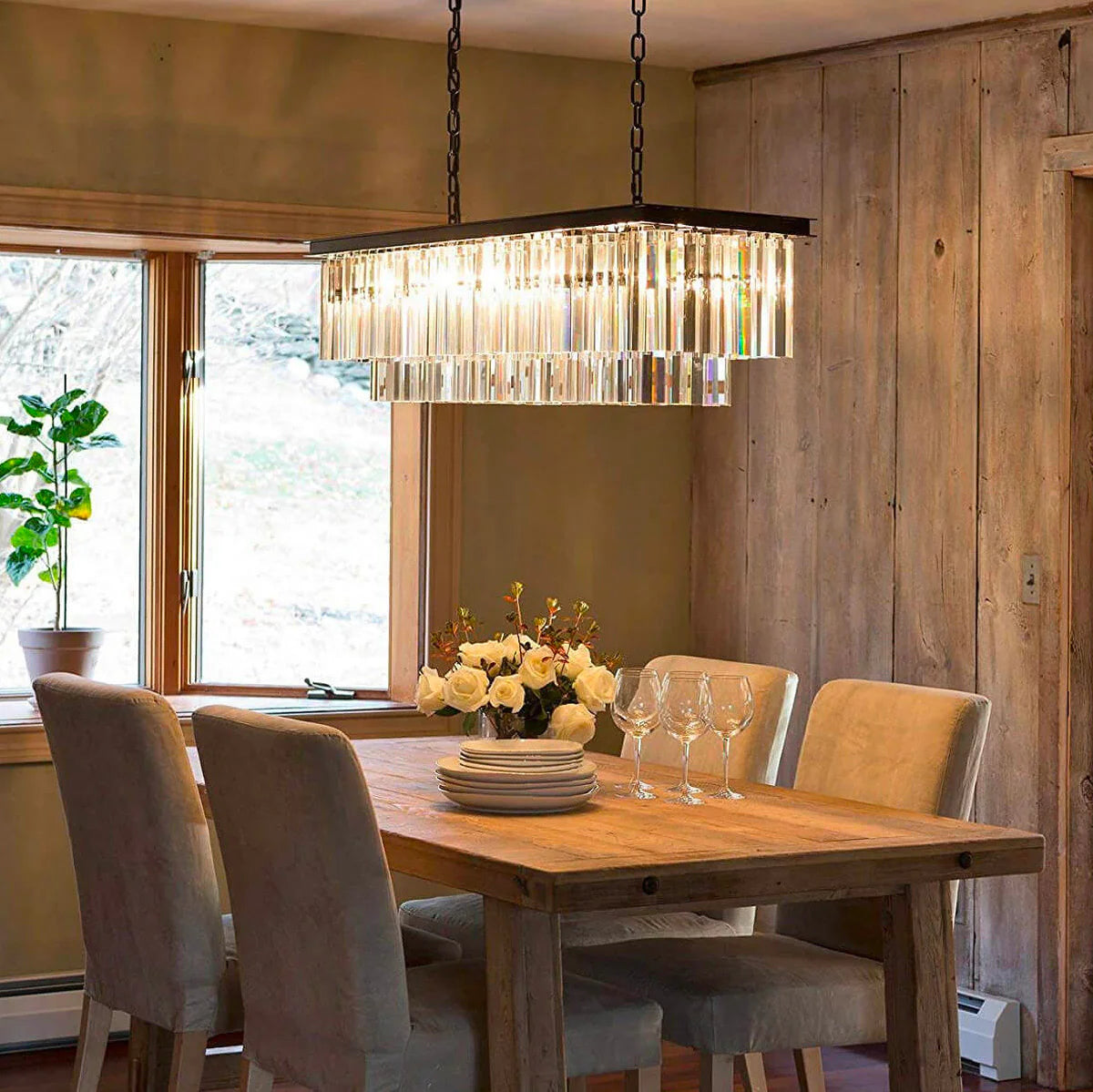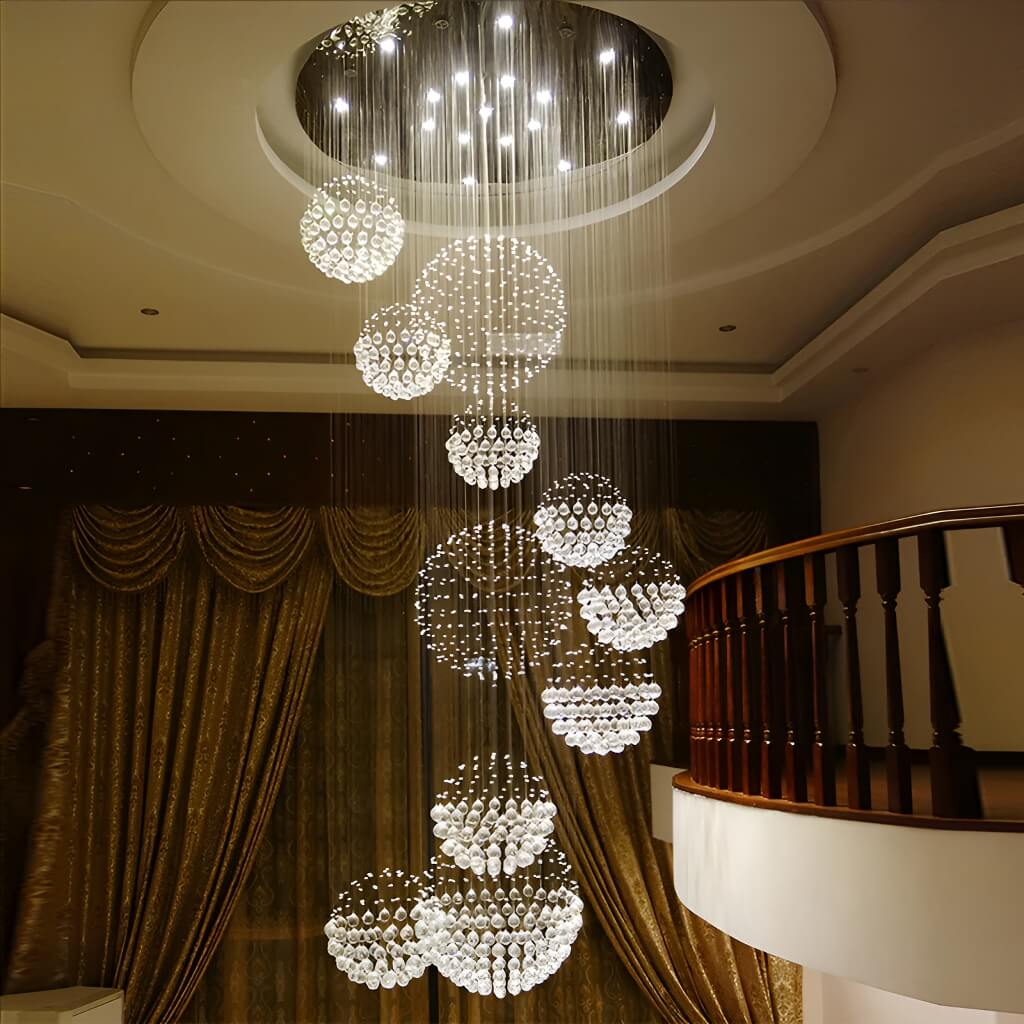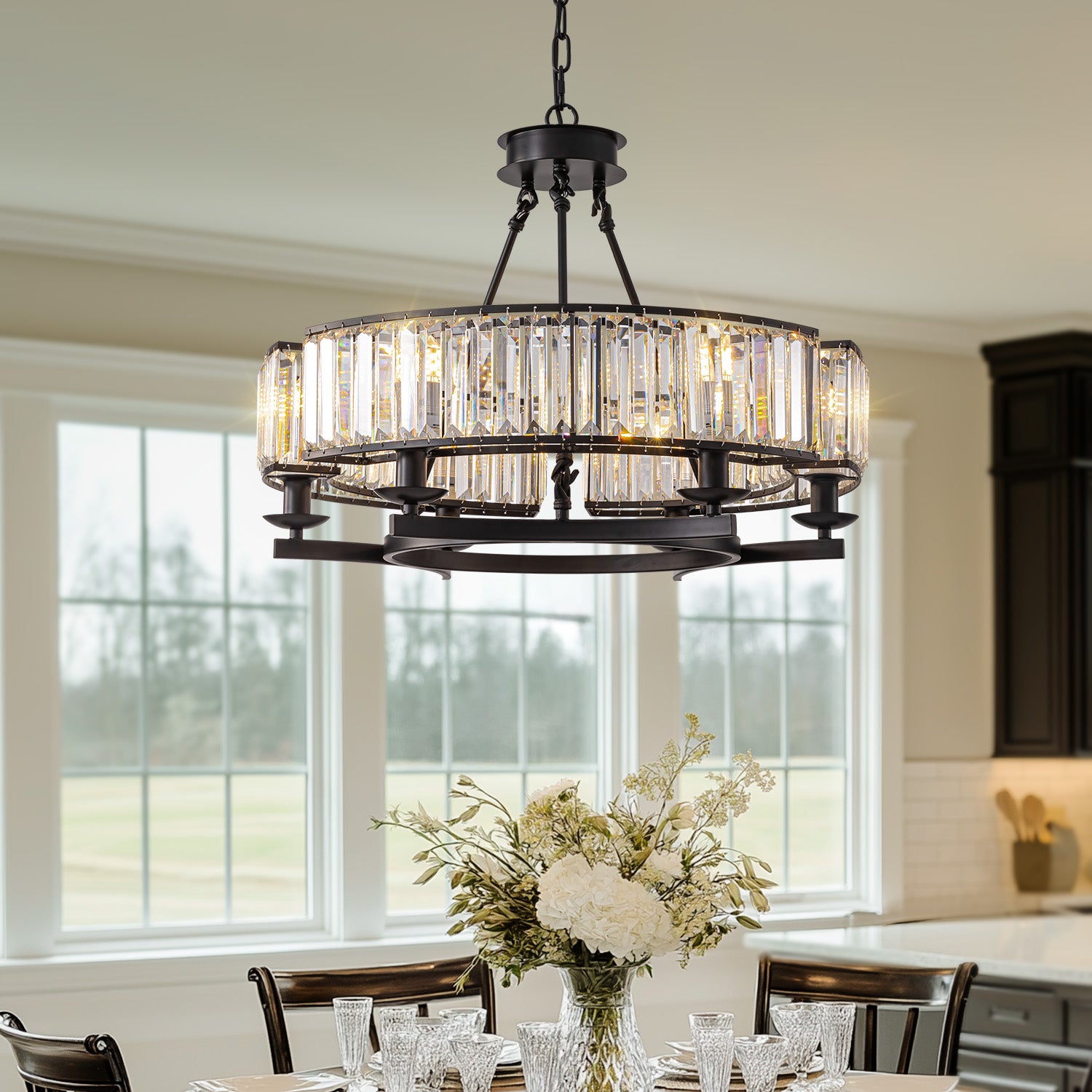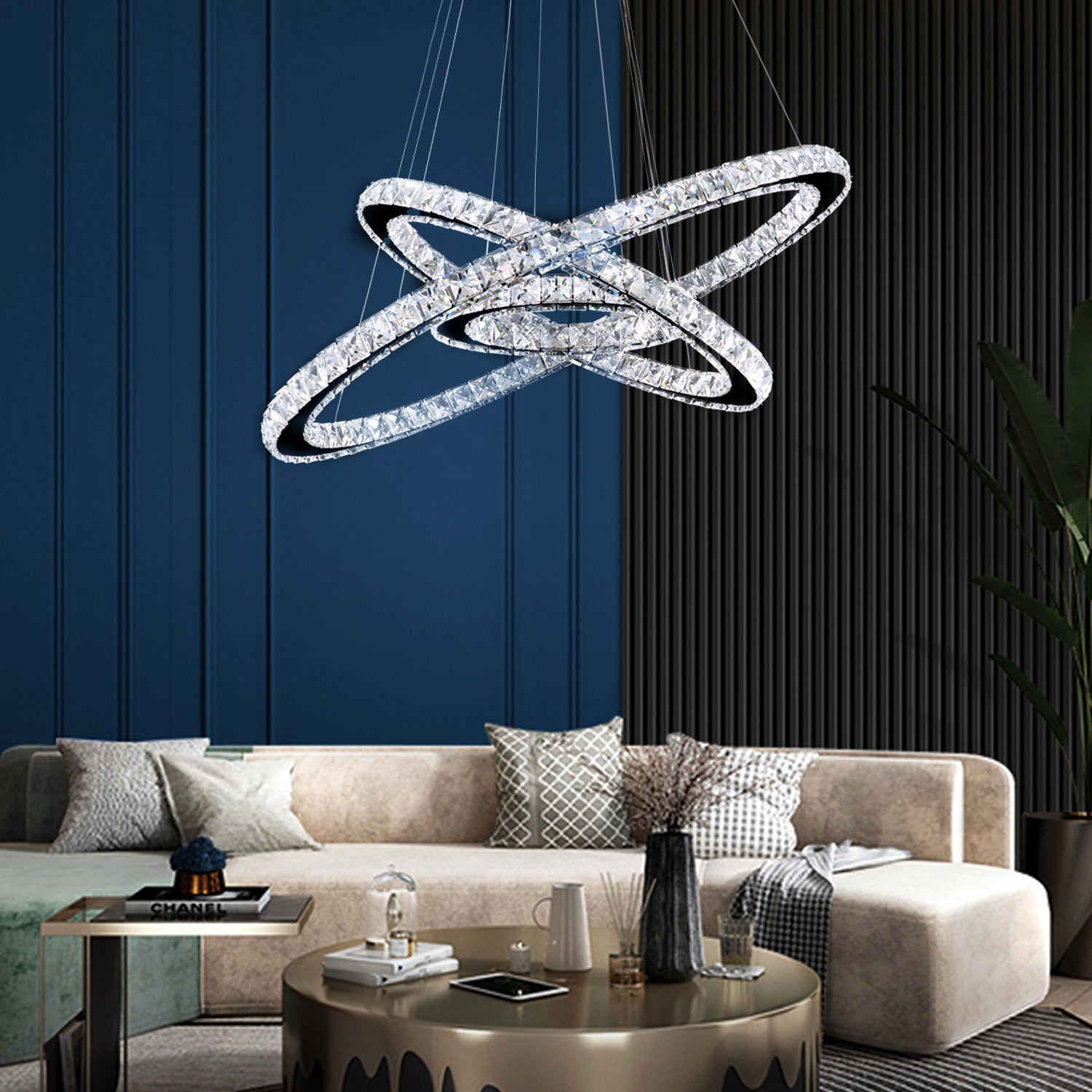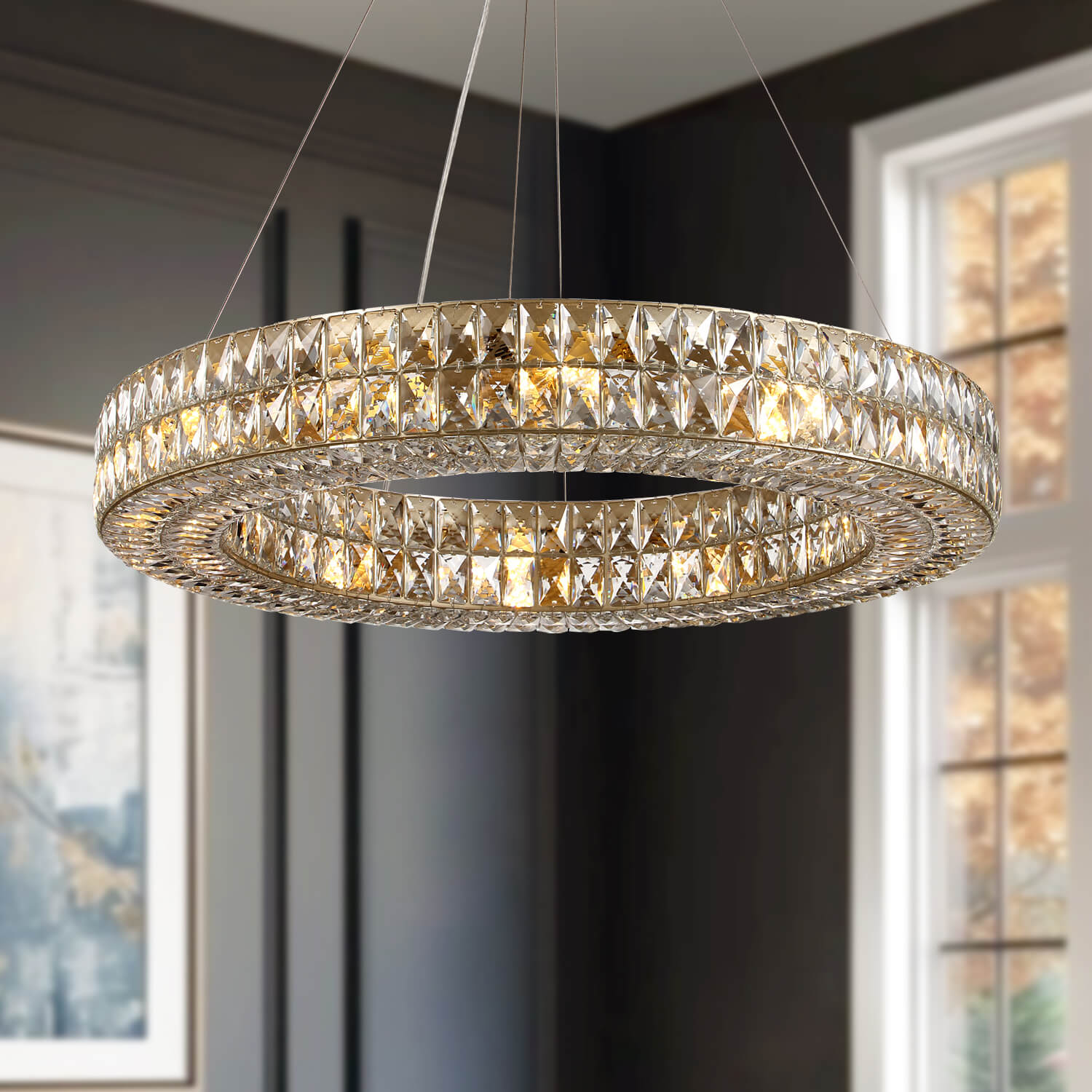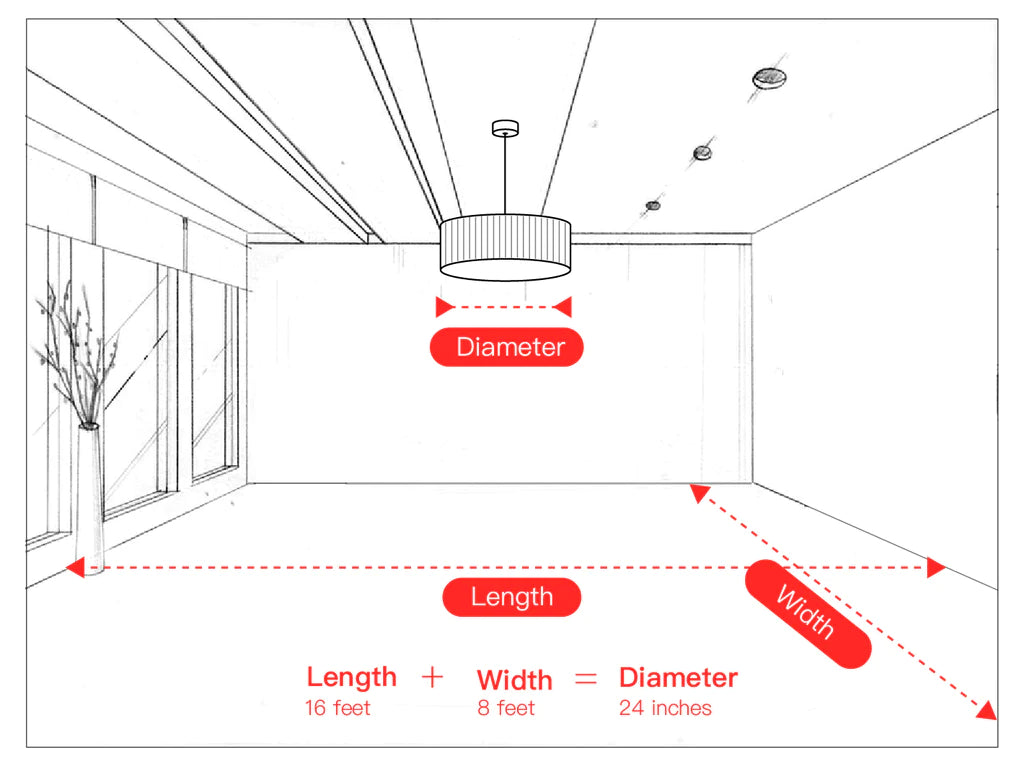6 Common Lighting Mistakes and How to Avoid Them
It’s very likely that you are reading this text in an interior space with the lights on. For most people, modern living entails spending most of the day in closed rooms, illuminated by artificial light. Proper lighting can make a room feel relaxed, energetic, airy, or romantic. Conversely, home lighting mistakes can make a room feel dark, clinical, unwelcoming, or uncomfortable.
For many homeowners, illuminating a room can seem as simple as installing a light fixture and flipping the switch. However, properly lighting your house is not an easy task. To help you achieve the perfect ambiance and functionality, our experts at the Sofary Team have compiled a list of common mistakes homeowners make and how to avoid them when planning your home’s lighting scheme. By following the advice from our lighting experts, you can easily design the perfect lighting layout for your home.
No. 1 Over-reliance on a Single Light Source:
One of the most common lighting mistakes in home design is over-reliance on a single light source. This approach often results in harsh lighting that creates unflattering shadows and fails to illuminate the space effectively. To avoid this pitfall, employ a layered lighting design that incorporates ambient, task, and accent lighting to enhance both the visual appeal and functionality of your home.
By integrating these three types of lighting, you can create a well-balanced and visually appealing lighting design that enhances the functionality and mood of your home. Avoid the mistake of relying solely on a single light source by layering your lighting to achieve the perfect blend of practicality and aesthetics. This comprehensive approach not only improves the overall ambiance but also ensures that every part of your room is appropriately lit for various activities.

Layered lighting enhances both the visual appeal and functionality of your space, creating a balanced and inviting atmosphere. Avoid relying solely on a single light source to ensure every part of your room is well-lit and visually appealing.
Products Link in the image: Unique Tiered Crystal Chandelier
No. 2 Using Lighting Fixtures that Do Not Fit the Room Size:
Using lighting fixtures that do not fit the size of the room can disrupt the harmony and balance of the space.Fixture that is too small will not provide enough light, while one that is too large can dominate the room and distract from other design elements.
It is crucial to select fixtures that are proportionate to the room, the objects they illuminate, and the overall design aesthetic.By choosing appropriately sized fixtures, you can ensure that the lighting enhances the room’s functionality and visual appeal. In larger rooms, bigger or multiple fixtures may be needed to provide adequate illumination without looking out of place. For smaller rooms, slim and sleek fixtures, such as recessed lighting, are more suitable. These fixtures offer adequate lighting without overwhelming the space.


If you cannot find the right size fixtures, we offer custom lighting solutions tailored to your room’s specific needs. Our customization service ensures that your lighting fits perfectly and enhances the beauty and functionality of your space.
Products Link in the image:Double-Tier Iron Chandelier
No. 3 Mismatched Color Temperatures:
Ensuring consistency in color temperature throughout a space is crucial to avoid creating a disjointed and uncomfortable atmosphere. Different color temperatures can significantly affect the mood and functionality of a room, so it is important to choose the right temperature for each area. Warm tones (2700K-3000K) are typically best for living rooms and bedrooms, creating a cozy and inviting ambiance. Cooler tones (3500K-4100K) are more suitable for bathrooms and kitchens, providing a brighter and more functional environment.
Consistency is key. Mixing different color temperatures within the same space can lead to a chaotic and unappealing look. By maintaining uniformity in color temperature, you ensure that the lighting complements the room’s purpose and enhances the overall aesthetic. For example, using warm white light in a living room can create a relaxing and comfortable setting, while cooler light in a kitchen helps improve visibility for tasks such as cooking and cleaning.


Choosing the appropriate color temperature for each room is crucial for creating the desired mood and functionality. Warm tones can make living spaces feel cozy and inviting, while cooler tones are better suited for kitchens and bathrooms, providing a bright and functional environment. By selecting the right color temperature, you can enhance the overall atmosphere and purpose of each room.
Products Link in the image:①Five & Seven Tiers Crystal Chandelier ②Vintage Clear Crystal Rectangular Chandelier
No. 4 Ignoring the Importance of Dimmers:
Using dimmable lighting products provides greater flexibility, allowing you to adjust the lighting according to different activities and times of the day, thereby enhancing both the functionality and ambiance of a room. Dimmable lights offer the ability to create various lighting scenarios, from bright, task-oriented illumination to soft, relaxing light. This adaptability is crucial in spaces such as living rooms, dining rooms, and bedrooms, where lighting needs can vary significantly throughout the day.
Overall, incorporating dimmable lighting solutions into your home design can significantly improve the adaptability and efficiency of your lighting, creating a more comfortable and inviting environment that can easily transition between different settings and uses. We strongly recommend using LED light sources for their energy efficiency and longevity. LEDs are not only more energy-efficient but also provide better lighting quality and can be easily dimmed without issues like flickering. Additionally, LEDs have a longer lifespan, reducing the need for frequent replacements and providing consistent, high-quality light over time.


In the images above, the first shows cool light, providing a brighter environment, while the second shows warm light, creating a cozy atmosphere. Using dimmable lights enhances flexibility, allowing you to adjust brightness for different activities and times of the day. This improves both the functionality and ambiance of a room.
Products Link in the image:4 - Blade LED Crystal Ceiling Fan with Remote Control
No. 5 Ignoring the Lighting Needs of Small Spaces:
Small spaces such as closets and pantries are often overlooked in home lighting plans, typically relying on a single overhead light. However, using only an overhead light can cast shadows on shelves and storage areas, making it difficult to find items. It is essential to address the lighting needs of these small spaces to improve functionality and ease of use.
Ensuring adequate lighting in small spaces not only enhances practicality but also contributes to a cleaner and more stylish appearance. Well-lit closets and pantries can transform the user experience, making it more convenient to locate and access items.By focusing on the lighting needs of small spaces, you can create a more functional and visually appealing home environment. Proper lighting in these areas eliminates the frustration of searching for items in poorly lit conditions and ensures that every part of your home is effectively illuminated.


Properly lighting small spaces is essential for enhancing functionality and ease of use. Adequate lighting in these areas not only makes it easier to find items but also contributes to a cleaner and more stylish appearance. By focusing on the lighting needs of small spaces, you can create a more practical and visually appealing home environment, ensuring that every part of your home is effectively illuminated.
Products Link in the image:Flush Mount Ceiling Light
No. 6 Ignoring the Importance of Task Lighting:
Task lighting is an essential component of a well-designed lighting plan, providing bright, focused illumination for completing specific tasks. Without task lighting, areas designated for specific activities can become inefficient and uncomfortable. The lack of focused light can make it difficult to see details clearly, leading to discomfort, potential mistakes in work, decreased productivity, and an increased risk of accidents, all of which can cause eye strain.
Task lighting typically illuminates a small surface area and can be adjusted to the best position, eliminating shadows in the focal area. It is characterized by low glare and ergonomic features, which significantly reduce eye strain and improve comfort during activities such as reading, cooking, or working.
By recognizing the importance of task lighting and incorporating it into your home, you can create a more functional, comfortable, and visually appealing space. Proper task lighting reduces eye strain, enhances productivity, and ensures that every area of your home is effectively illuminated for its specific use.


Task lighting is crucial for ensuring that specific areas of your home are well-lit for activities like reading, cooking, or working. By incorporating focused, adjustable lighting in these areas, you can reduce eye strain, increase productivity, and enhance overall comfort. Prioritizing task lighting creates a more functional and visually appealing space that meets your everyday needs.
Products Link in the image:Square Frame Cracked Glass Lampshade Pendant Light
In summary, achieving perfect home lighting is more than just flipping a switch. By avoiding common mistakes such as over-reliance on a single light source, using improperly sized fixtures, mismatching color temperatures, neglecting dimmers, and overlooking task lighting, you can transform any room into a warm and inviting space. Thoughtful lighting design enhances both the ambiance and functionality of your home, improving your overall living experience.
Visit www.sofary.com and contract us at support@sofary.com for more intriguing insights!

